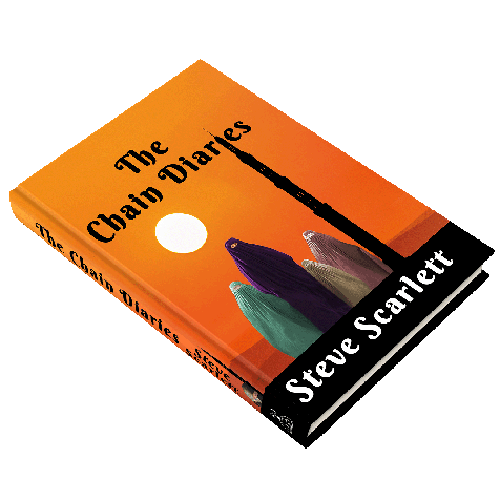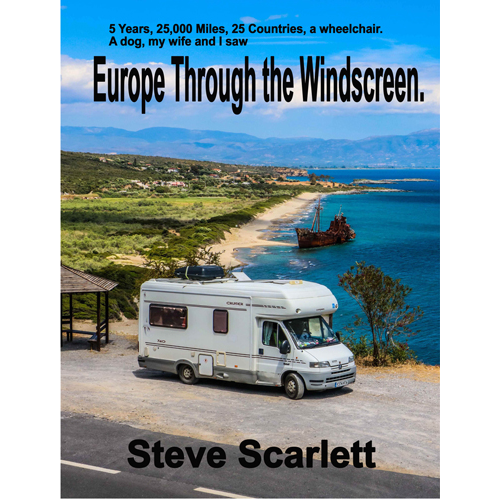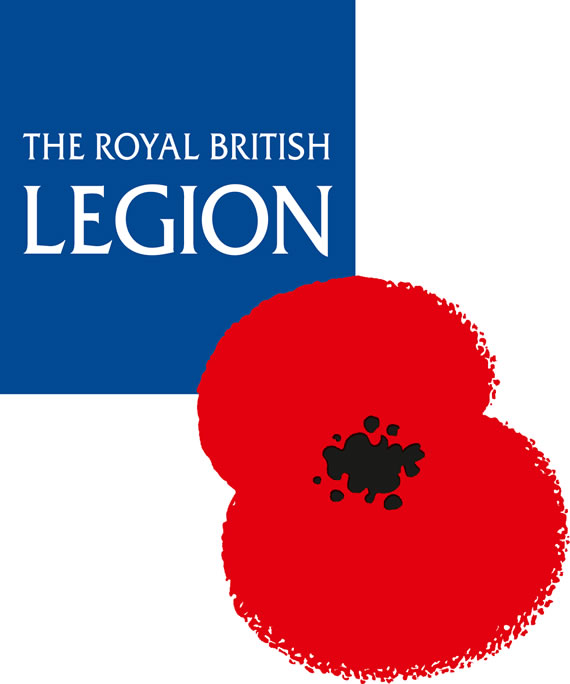
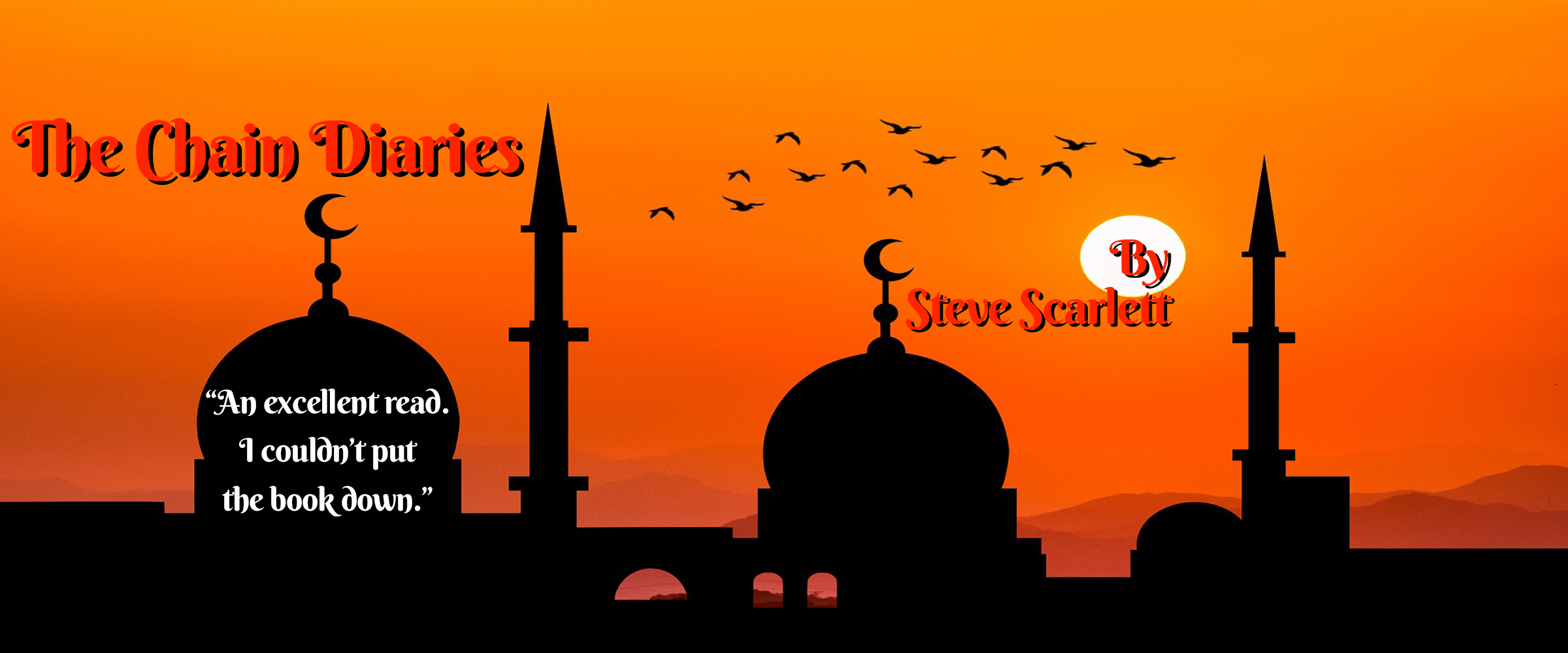
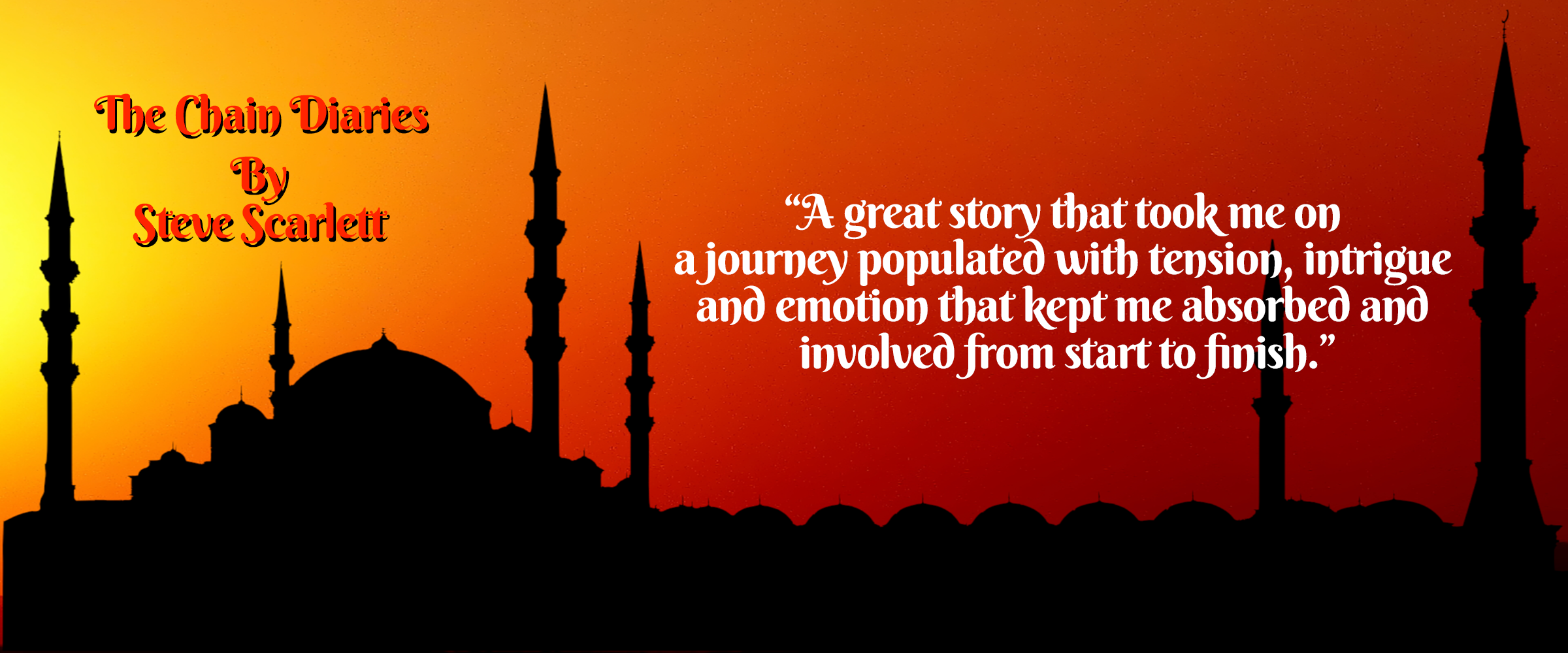
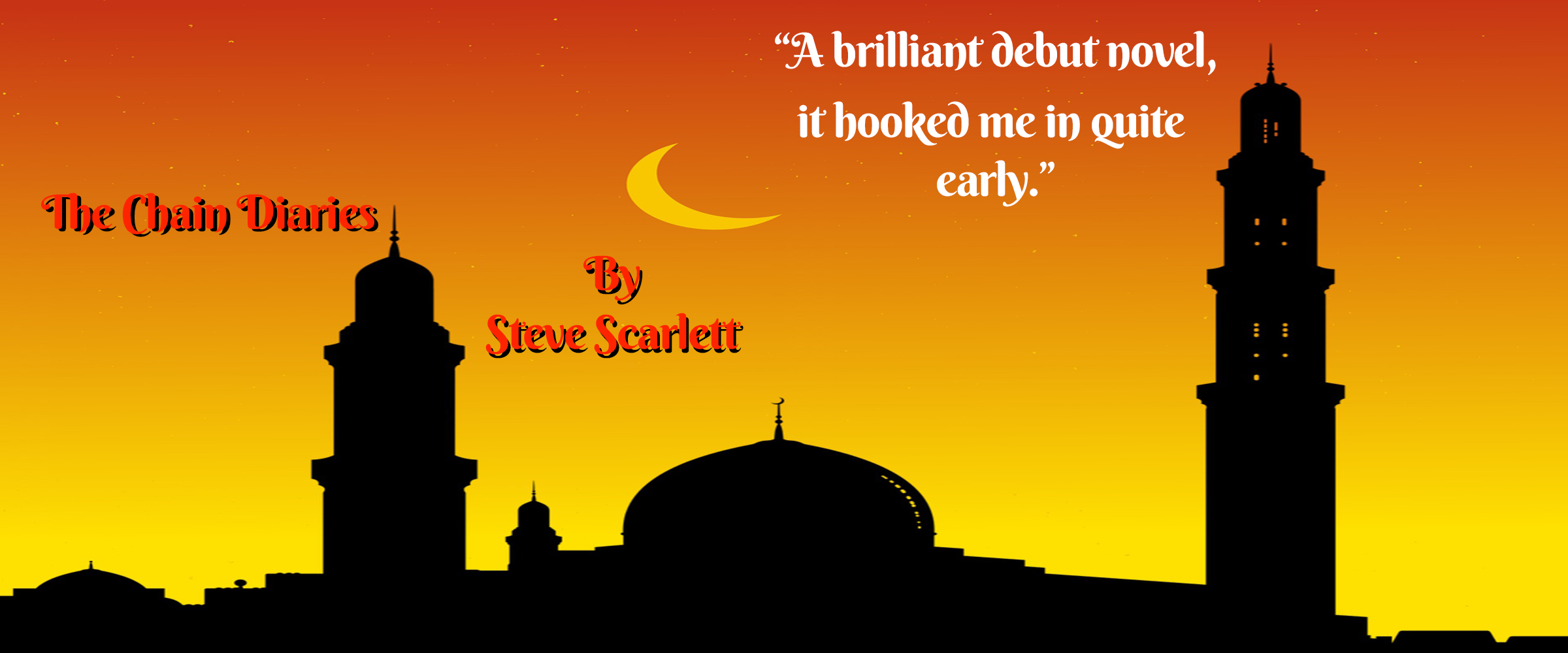
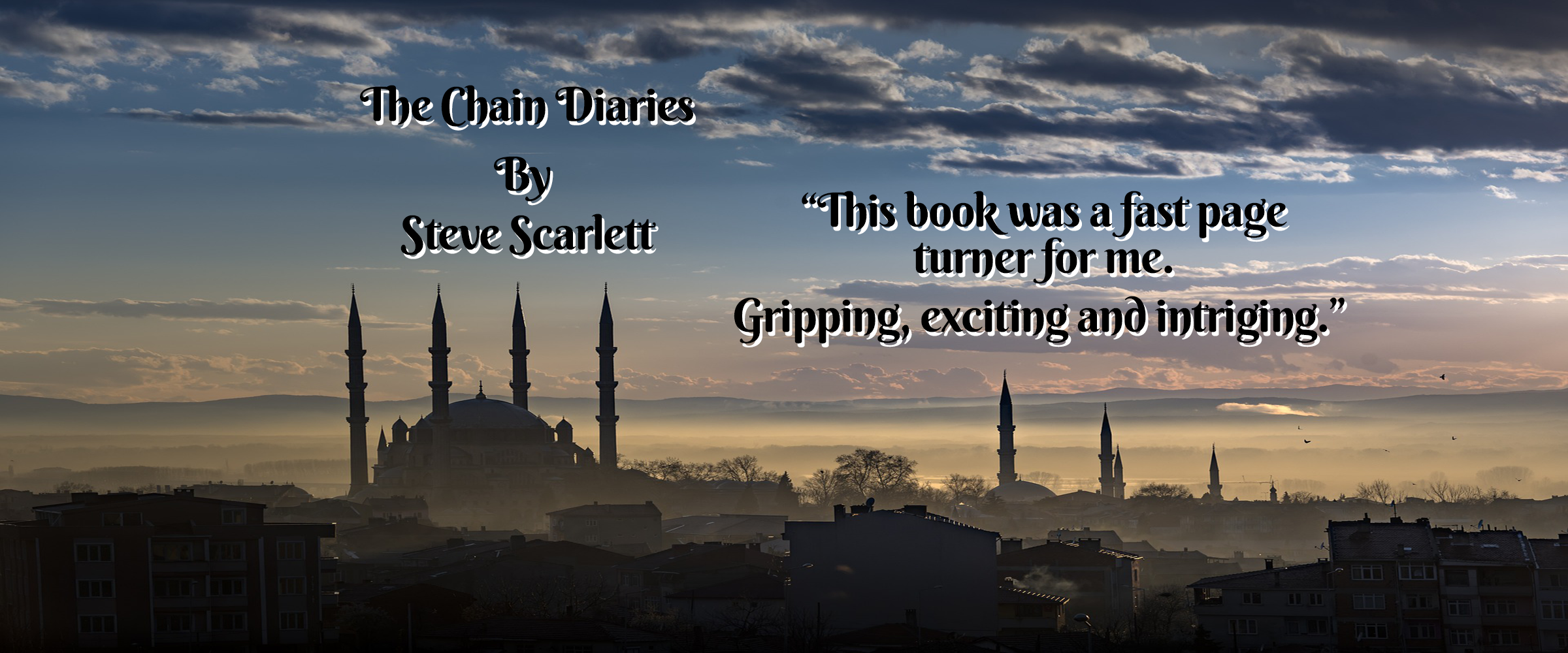
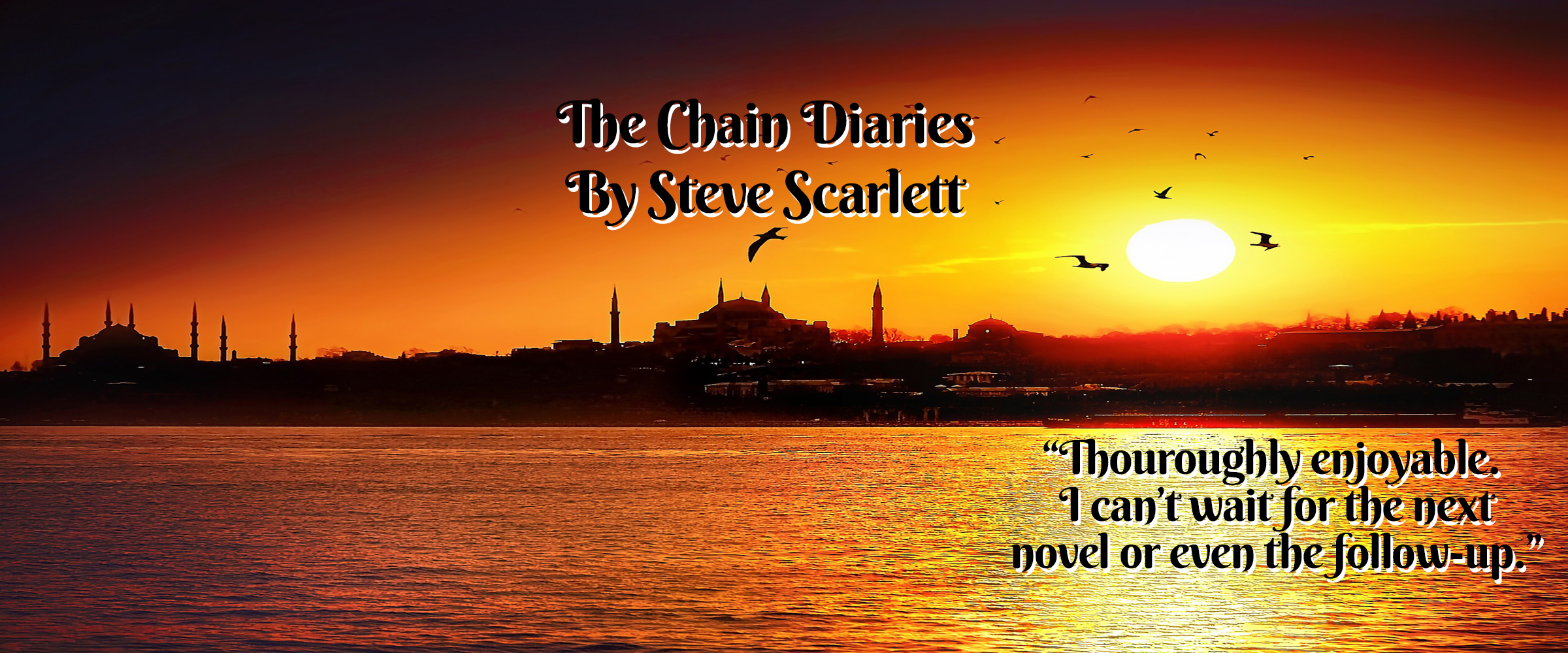
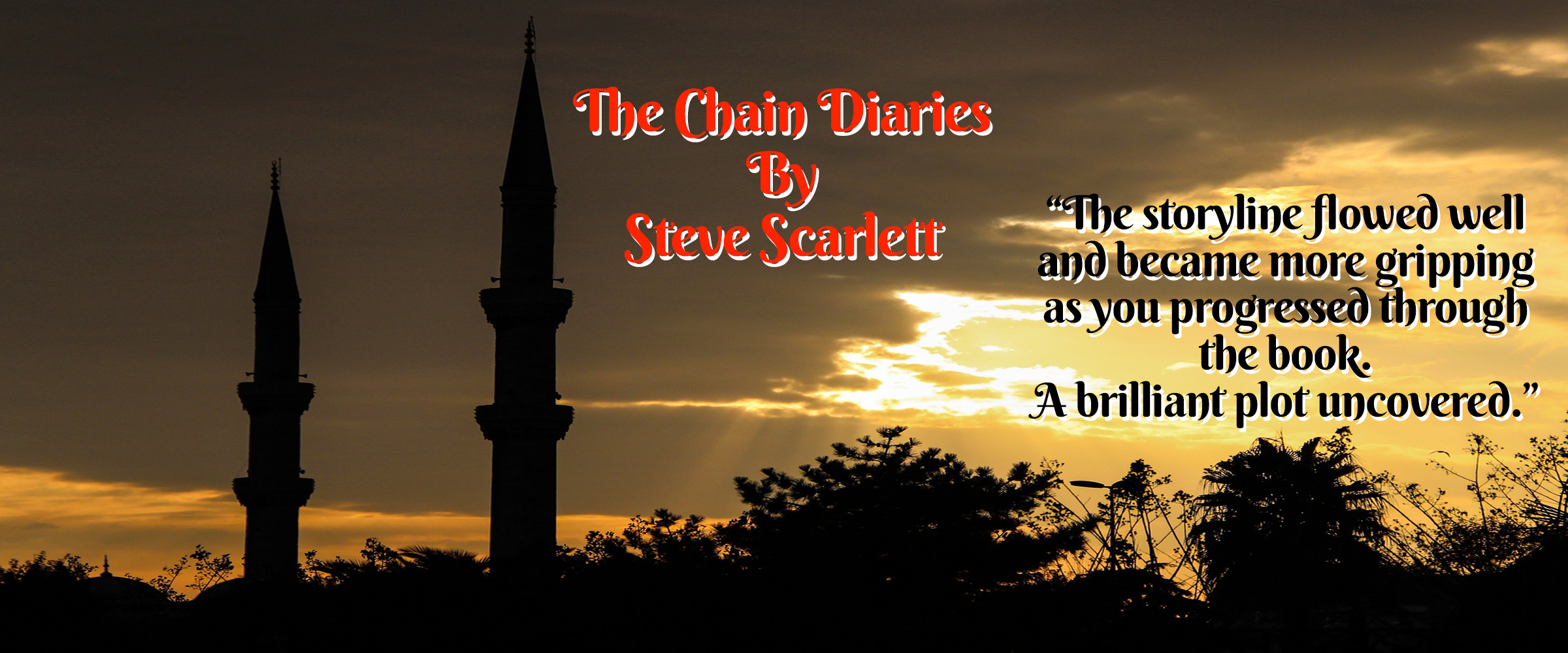







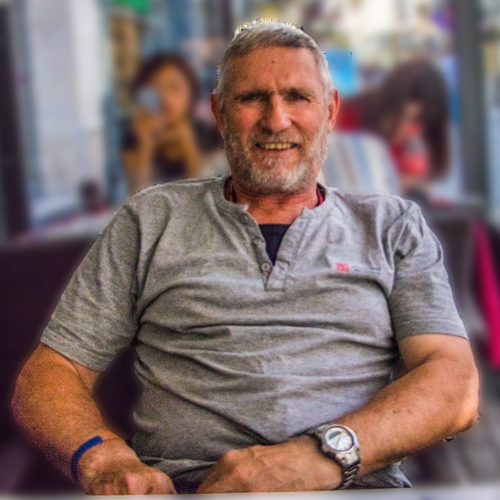
It’s great to have you here.
Please feel free to browse, send messages, register your interest, and generally click on all of the social media icons dotted around the site. Go to their pages, follow, like and do whatever it is you have to do once you’re there but, the most important thing, share or re-tweet. If you like something, the only person who gets to know about it is me. If you share or re-tweet it, there may be someone in your group of friends/followers who is particularly interested. That can only be a good thing, right?
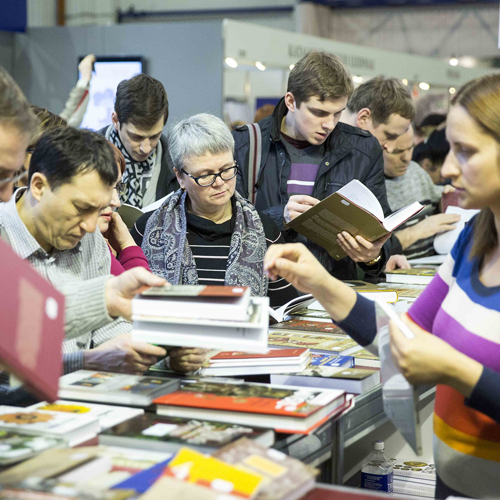
To advertise my book.
There are a lot of books out there and more coming every day. The hardest part of the self-publishing process is the marketing. How do you let people know your book even exists without spending a fortune?
You get people, friends, family, total strangers if you can, to share and retweet your posts, promote your website and comment on the book.
The book took a while to reach conclusion, from beginning to end, and global exposure, through the internet, is the way to go. If you'd like to find out more, please contact me.
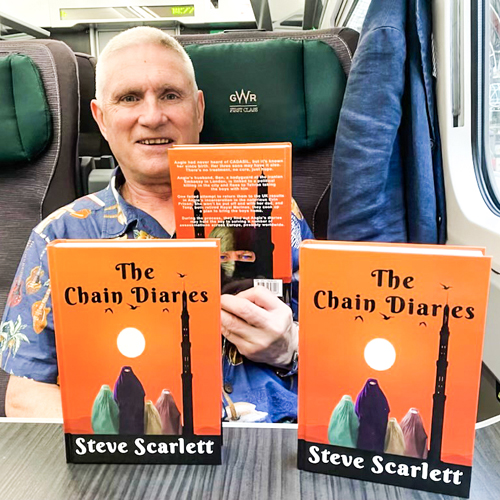
The Story behind the story.
There's quite a story behind how, and why, the story came about. A chance encounter between two strangers, an offer of assistance and the seed for a book was sown. It took twenty-five years to come to anything though. Click the link above to find out more.
Iran hit the headlines several times during twenty-twenty-two.
The Chain Diaries was sent to the printers on the 5th of August 2022, a week before Salman Rushdie was attacked. Contained within the book are encounters with The Morality Police, although, in the book, they are called the Pasdaran, a department of The Islamic Revolutionary Guard Corps. Angie, the book's protagonist also spends some time in Evin prison.
Steve was born in Crowborough, East Sussex, England in 1957. He joined the Royal Navy in November 1974, aged seventeen and served for twenty-three years. In 1997, he became a software, website, and database developer and did this for fifteen years, giving up to look after his wife, Nemone, after she had a stroke in 2011. He wrote and published a screenplay, A Million Miles, in 2019. In August 2020, he began to write the novel, The Chain Diaries, based on the screenplay. In August 2022, the book was ready to be sent to the printers for hard copy and to Amazon as a paperback or for the Kindle. His wife passed away in June 2023, they had been married for thirty-eight years. He currently lives in Hailsham, East Sussex, England. He is a member of the local branch of the Royal British Legion. His family live close by and he juggles his grandad and dog sitting duties with his attempts to write a sequel to The Chain Diaries.
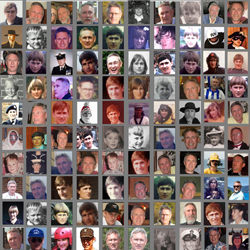


A Chance Encounter.

Life revolves around coincidences. In November nineteen-ninety-four, I was a Royal Navy Petty Officer, employed by a predominantly Army unit based at an RAF Station working for JACIG, a Joint Service arms control organisation. I was coming back from a CFE Arms Control inspection in Russia, with the US Military (OSIA). I had spent a couple of weeks as a guest at the US Air Force Base in Frankfurt-am-Maine and was flying back to the UK. It was the day after Thanksgiving. I remember because I still had a hangover. A chance meeting between strangers at Heathrow airport. It’s late at night and a woman and four young boys, the eldest is about six, need to travel to her father’s home two-hundred miles away. She intends spending the night on a London platform with her children, catching a train early the next morning. I noticed her on the aircraft struggling to dress the boys and get them off the plane, so I offered assistance and this she accepted. I'm going home to my wife and two young children after a couple of weeks away. I have a hire car and will be going most of those two-hundred miles. We walk through the airport like a regular family, I carry one child, hold the hand of another. The woman cares for the other two children. I made a decision and offered to drive her to her destination. This, she also accepts. An hour later, driving along a motorway, two children asleep on the back seat top and tail, two asleep in the footwells, she tells me how she has escaped from an abusive relationship in Iran. It was a bit of a shock for my wife when I turned up at our house at one in the morning with a woman and four kids. We left after a comfort break arriving at a dark, foggy bridge at around two o’clock, like in a spy novel. The woman and the children got out of my car and into her father’s, never to be heard from again. A seed was sown.
Twenty-five years later, in twenty-nineteen, I used that seed to write a screenplay titled, ‘A Million Miles’. It is not the woman’s story; it is a total work of fiction. I submitted the screenplay, my first, to a competition in the USA not expecting anything other than constructive feedback. The screenplay outperformed my wildest dreams, and in June twenty-twenty, I was informed that my submission had reached the semi-final stage. Sadly, but not unexpectedly, it reached no further. Over the course of the next eighteen months, including lockdown, I novelised the screenplay and the first draft of the book, ‘The Chain Diaries’ was ready in November, twenty-twenty-one. It was sent to several Facebook friends for evaluation, proof-reading and fact checking. While doing research and adhering to the Author’s Code of ‘What If?’, I asked, “What if her husband wasn’t just a bully and misogynist, what if he was something more?” I ‘tripped’ over The Chain Murders of Iran purely by accident, incorporated them into the story, and Ben, Angie's husband, became a master assassin. Another writer’s adage is, “write what you know”. With that in mind, quite a few parts of the book are taken from experiences I've had in the Royal Navy, places I’ve been, including Dubai and the Falklands. Crowborough in East Sussex, my hometown, and Ashdown Forest are also featured. I hope, you enjoy the book.
Steve Scarlett
After her husband, Ben, forcibly takes her three young sons to live in Iran, Angie, a British housewife attempts to bring them home. Life changing interactions with Iran’s notorious morality police, The Pasdaran, a spell in the infamous Evin Prison, and an altercation with Ben that leads to him raping her, confirm her worst fears. He will not let her boys leave.
Enlisting the help of her dad and Tony, both ex Royal Marines, she attempts to rescue the boys and return them to England. With the Iranian police looking for her and her husband in hot pursuit, Angie uses public transport and a beat-up old van, to dash the length of Iran. From Tehran, she heads towards one of Iran's borders, nearly eight hundred and fifty miles away, to perceived safety. Fear of imprisonment or worse hanging over her, she knows that, even if they make it back to England, Ben will not stop there.
Angie’s diaries have convinced her that Ben is no mere bodyguard. It is likely that he is a lethal assassin responsible for a series of killings in Europe and further afield. The same series of killings that have put Salman Rushdie in Iran’s cross hairs. Mr Rushdie was just the tip of the iceberg.
During an attempt to retrieve her children, Angie, falls foul of Iran's 'Morality Police' in a similar, though thankfully not fatal, manner to that of Masha Amini (September 2022) . In The Chain Diaries, the morality police are called The Pasdaran, a section of the Islamic Revolutionary Guard responsible for upholding Islamic values. In the book, Angie is also incarcerated in the notorious Evin Prison where Nazanin Zaghari-Ratcliffe was recently held.
In the foreword to The Chain Diaries, I mention Salman Rushdie by name, indicating that he was one of many academics, writers, poets, and military personnel for whom a death-sentence-fatwa was issued and, in most cases, carried out between nineteen-eighty-six and nineteen-ninety-eight. These killings are colloquially known as ‘The Chain Murders of Iran’. The fatwa declared on Salman Rushdie was just the tip of the iceberg. In the foreword, it also states that Salman Rushdie was lucky because he survived the fatwa. When I sent the book to print on the fifth of August twenty-twenty-two, I obviously had no idea of the incident that would unfold exactly a week later when Salman Rushdie was attacked on 12 August 2022, while about to start a lecture at the Chautauqua Institution in Chautauqua, New York. In the book’s Amazon release, published on the twenty-fifth of August, I added an addendum to the foreword wishing Sir Salman a speedy recovery.
The book, around one hundred and twenty-eight thousand words, is self-published, and apart from the proofreading, there is no part of the book’s publication process I did not complete myself, from typesetting, ISBN registration, cover design, audio version and author’s website. A writing/publishing/marketing course, Write That Book Masterclass by bestselling author Michael Heppell between November twenty-twenty-one and January twenty-twenty-two helped get the book over the line. His 2023 release of a new book called, "Write That Book", which consolidates the course is available from book stores and Amazon.
The Chain Diaries is available on Amazon in both paperback and Kindle format. It is also available on the KOBO website for other ePub readers.
Do not look for The China Dairies, an expose of the Asian Milk Marketing Board. (My brother Jem's little joke.)

Salman Rushdie was just the tip of the iceberg.
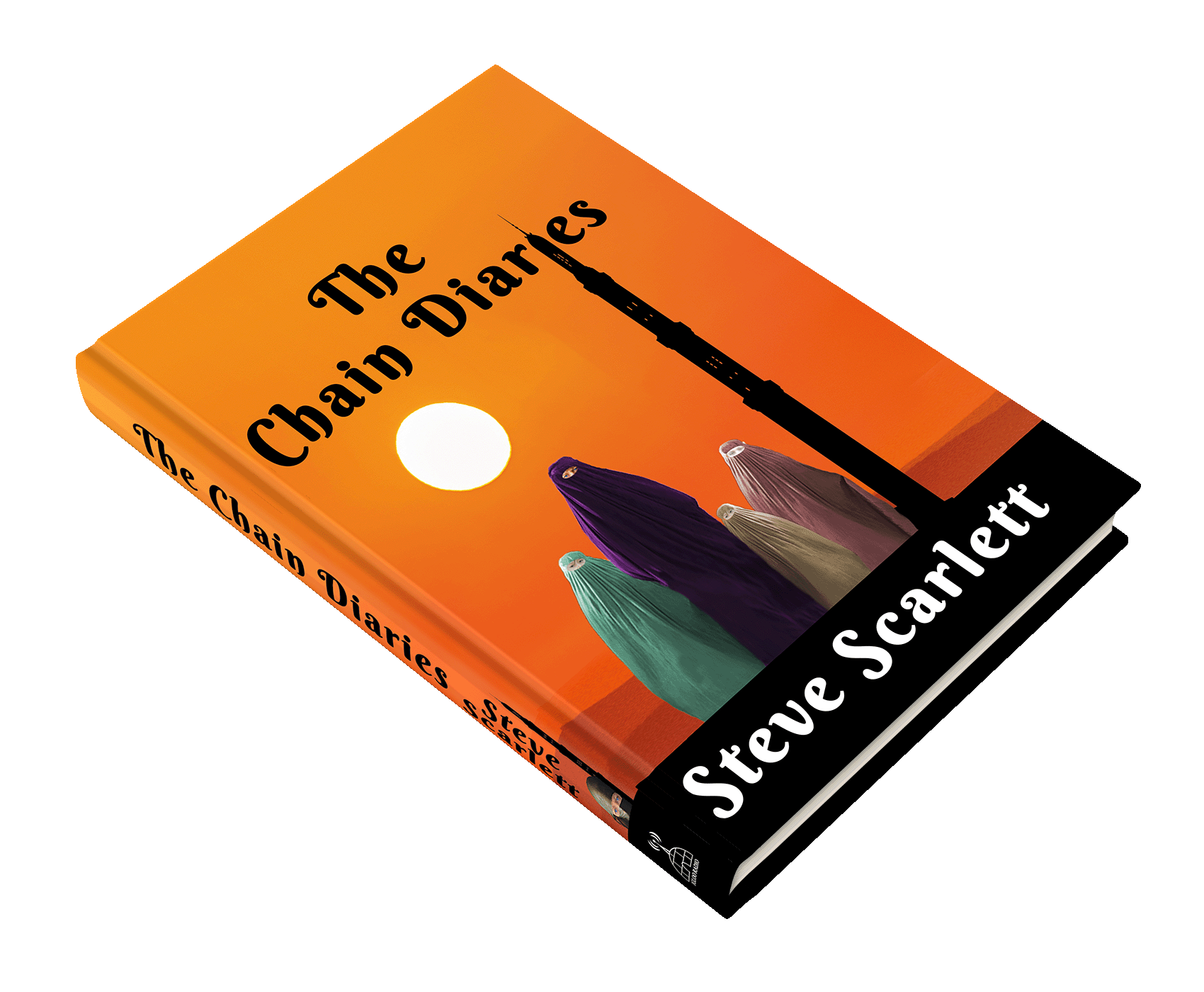
After her husband, Ben, forcibly takes her three young sons to live in Iran, Angie, a British housewife attempts to bring them home. Life changing interactions with Iran’s notorious morality police, a spell in the infamous Evin prison, and an altercation with Ben that leads to him raping her, confirm her worst fears. He will not let her boys leave.
Enlisting the help of her dad and Tony, both ex Royal Marines, she attempts to rescue the boys and return them to England. With the Iranian police looking for her and her husband in hot pursuit, Angie uses public transport and a beat-up old van, to dash the length of Iran. From Tehran, she heads towards one of Iran's borders, nearly eight hundred and fifty miles away, to perceived safety. Fear of imprisonment or worse hanging over her, she knows that, even if they make it back to England, Ben will not stop there.
Angie’s diaries have convinced her that Ben is no mere bodyguard. It is likely that he is a lethal assassin responsible for a series of killings in Europe and further afield. The same series of killings that have put Salman Rushdie in Iran’s cross hairs. Mr Rushdie was just the tip of the iceberg.
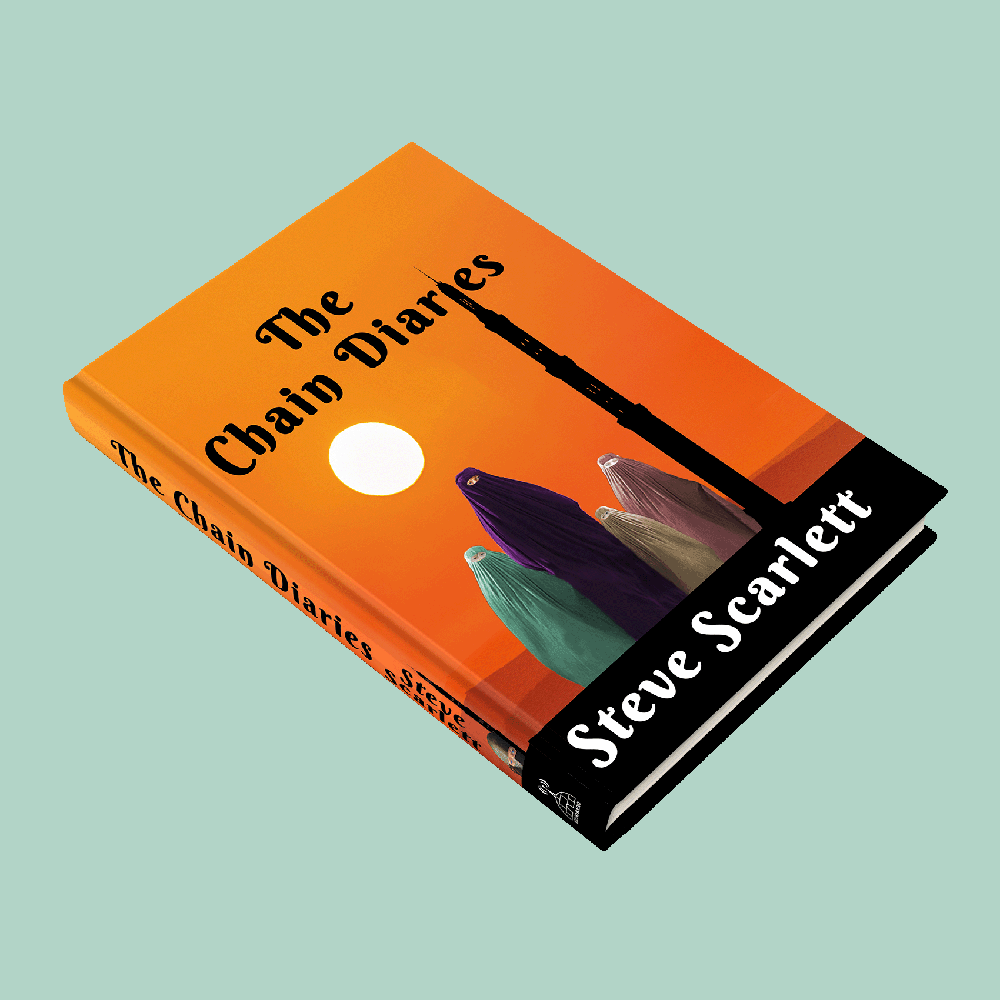
The prologue sets the scene and hopefully hooks the reader into purchasing the book, if they haven't already done so on reading the back cover blurb. The book will not be for everyone and there are some distressing scenes in it. I did a bit of research, read a couple of books on events similar to that which Angie, the protagonist, may have found herself in. "Not without My Daughter by Betty Mahmoody" and "Prisoner of Tehran: One Woman's Story of Survival Inside a Torture Jail by Marina Nemat." I have mentioned the first book in mine, only as a reference." Enjoy!

I was told creating an audio was a simple process. It was not. I was also told that I was the best person to read my book. Possibly. I was told it would make me evaluate some of my writing. It did. If you're reading audio for a memoir, self-help book, possibly poetry, where only one character is doing the talking throughout then, yes, it's a simple enough process. However, if you're recording a novel, you have a few other things to consider. Different characters, different ages, different sexes, accents, moods, and emotion. You need a good grounding in acting skills. I have none of that. Still, I gave it my best shot. Listen if you must but, be warned, I'm not a professional.

Where it all started. Writing a screenplay is easier than writing a novel. (lim) For a start, 120 pages is about the maximum you want to be aiming at, especially as a newbie. This is because each page is around a minute on screen and producers like to keep the minutes down. I'm not saying it's easy to write a screen play but the requirements to write descriptive prose is not needed (as much). That said, there are idiosyncrasies within that particular industry that can leave a complete novice like me, totally bemused. I persevered, submitted my offering to a competition, made semi-final. Proud as punch.

A Journey into the unknown.
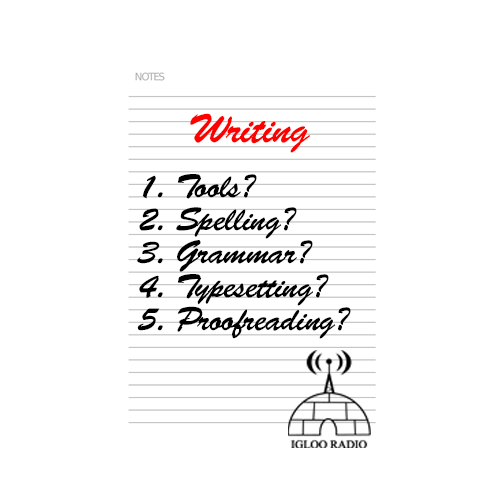
It had never been my intention to be a writer. I didn't leave school thinking I'd love to be an author. In fact, quite the opposite. I left school with very little in the way of English qualifications. The thought of essays, comprehension and précis being a part of my life after school didn't interest me at all. Of course, as I moved through the Royal Navy, report writing became a necessity. I also had to sit English exams for promotion.
The inciting incident, the seed, that created the idea for the book, The Chain Diaries, occurred in November 1994 but that wasn’t what inspired me to write. I was out one evening with a bunch of mates, as you do, and was recounting the story of meeting the woman at Heathrow airport. (You’ll need to read the section on why I wrote the book to catch up here.) When I’d finished telling the story, one of them said something along the lines of, “You tell a good story, you should write it down.”
It was still a few years later that I first put pen to paper, metaphorically. This was after I’d done a few classes online and a short Open University credit on Creative Writing. I still found that the creative aspect of my writing was troubling.
I found an article, almost by accident, on screenplays and script writing. What I found fascinating was the minimalistic approach without the need for flowery prose. Generally speaking, there are four aspects to a script: Location, Action, Character and Dialogue. I started writing a screenplay in May 2019.
There are other nuances that professional screenwriters can use but for a newbie like me, this was a revelation. This enabled me to tell the story in short bursts and to a script reader, they would be able to understand it.
I submitted my finished screenplay to a competition in the States in November 2019, twenty-five years after the Heathrow incident. I paid extra for constructive feedback and was rewarded when, in June 2020, I received notification that my screenplay had made it to the semi-final stage. Sadly, it got no further but quite an achievement for a newbie. The feedback I received enabled me to 'improve' the script for a possible re-entry at a later date.
I’d got the bug. Once the excitement had died down (in me, not the film making world), I decided to use the screenplay as a template for my first novel. Using the four main parts of the script, I fleshed out the pages until, in November 2021, I had over 140,000 words as a first draft. A standard novel is considered to be eighty to one hundred and twenty thousand words.
Note: It may not be for everyone, but I found having the screenplay as a template for my novel invaluable. Free screenwriting software is available.
At the same time, November 2021, I signed up to a Write That Book Master Class organised by renown public speaker, Michael Heppell , just after completing the first draft. As I already had the words, I didn’t so much need help with the writing, but I was looking ahead to the editing, publishing, and marketing aspects that the course advertised, and it was essential to getting my book ‘over the line’.
It took another nine months, which included, editing down to one hundred and twenty-eight thousand words, creating an audio version, setting up cover designs, (one for Amazon and one for Mixam ), building a website including PayPal integration and ISBN registration. I was able to work most mornings, in the afternoons I was looking after my wife. In May 2020, I sent the manuscript and cover designs to a company called Mixam who print books. I’d only asked for three copies as these were going to be handed out to people to proofread. These were received with much fanfare, in my mind at least. I now had a tangible object that I could touch, feel, read. Quite a moment.
On the fifth of August 2022, I felt the book was ready. There were a few hoops still to jump through regarding cover design and formatting as this had changed since submitting the proofread copies, but these were overcome quite easily and the people at Mixam were a great help.
I received one hundred hardback copies from Mixam on the 23rd of August and began selling them from my website.
On the 25th of August I submitted the manuscript and cover design to Amazon where they are now available as a paperback and for the Kindle.
In September, I made the book available for the KOBO platform.
Writing Tools. There are many people who still prefer to write longhand into a notepad and transcribe this later to a computer/tablet. It will need to be made digital at some time.
I used Microsoft Word initially to type up my manuscript and authors I know have used this to fully publish their books.
Any respectable word processor is suitable for creating your manuscript, although, the standard requirement for many print companies and Amazon is that you should export it as a print ready pdf file. Make sure your chosen word processor can do this. Having said that, I have found out that in some cases, a Word document will be accepted.
Grammar Checking tools. Microsoft Word’s standard grammar checker (or your word processing tool of choice) should suffice, however, there are some things that are not consistent or patently wrong. It’s still valuable for ongoing spelling, grammar checks and word count etc. A point to note, typewriters and pens do not come with a spell checker.
I’d recommend downloading the free Grammarly add-on. This works not only in Word but also in web posts such as social media etc.
There is a free software application called Hemmingway Editor that you can download. You copy and paste your manuscript into it, and it marks up and gives you a score on your writing style. You can paste a chapter in at a time and the lower the score, the better, supposedly, your writing. It will let you know if it considers a sentence is too long, if you’ve used too many adverbs and certainly makes you re-read some of your work with a critical eye. You will get a score and the idea is to get as close to zero as possible though threes or fours seemed perfectly adequate to me.
There is an online site, WordCounter that will not only count the words in your document, but also count the number of times you have used a particular, two, three, four or five (and more) word phrase. I found this invaluable during the final editing stage where I’d used, ‘a couple of’, around two hundred times.
Typesetting. There will be many purists who declare that you cannot do a professional typesetting job using a standard word processor. The industry standard typesetting tool of choice seems to be Adobe’s InDesign. This can be quite expensive, but I was offered this as part of a deal with someone I now work for.
I asked a question in a writing group to someone who made such a statement, my question was; “What can you do in InDesign that you cannot do in MS Word?” They were unable to tell me, however I did use InDesign for my manuscript (typesetting only,) and I did so for a specific reason I’ll get on to that shortly.
The Font. There are considered industry standards for the type of font used for specific book genres and between Fiction, Non-Fiction, and children’s books. This usually centres around serif (the font with the ‘bits’ at the top and bottom) or non-serif. I can’t give every type here but look at some of your favourite books and determine which is more pleasing to the eye.
A fiction book, a novel, tends to have a serif font such as Times Roman , whereas a non-fiction book tends to be non-serif such as Arial or Calibri. This is not set in stone and the best thing to do is to look through books by your favourite author and see what they have done.
Font Size. The first book I printed, for trial purposes, received a number of comments that the font was too small. I was using Times Roman, size 10, mainly because the book was huge, and I wanted to keep the page count down. It was a mistake, and I increased the size to 12 for the publication run. I also had to increase the leading which I’ll cover next. This increased the page count (and printing cost) considerably.
Leading. Leading is the distance between the lines of text and is specified, usually, in font sizes. In Word, you can specify by line spacing, and the first option is 1, then 1.15 and this increases to 2, however, if you go into the options and select ‘Exactly’ you can specify a point size. (12pt, 14pt etc).
As a rule of thumb, I have found that selecting a leading of two points above the font size, it has worked for me. So for a font size of 12pt, I would select a leading of 14pt.
Kerning. Kerning is the distance between letters. Whilst this may be important in the Desktop Publishing field for posters and such, and it is possible to change this in Word, I have found no reason to change the kerning in my Word manuscript before publishing.
Book Size. I used an external print company, Mixam, to produce a number of hardback books and they did a good job of it. The standard size for their books seems to be A5 (5 ⅞” x 8 ¼”). When I sent my book off to Amazon for a paperback release, their standard book size was 6” x 9”. The difference meant I had to change the format of the whole document, including the cover design. I believe that you can deviate from the standard book sizes and for my next one I will try to make sure the book sizes are consistent.
Margins. There are four margins to consider, top, bottom, left and right. The top margin needs to have space to allow for chapter titles, author names, page numbers, depending on where you want page numbers. The bottom margins need to have space to enter page numbers, see previous comment.
Gutter. The gutter is an extra space on the inside margin so that the text does not get ‘lost’ in the crease of the book. There are calculations for guttering, and this is generally based on how many pages your book is. The more pages, the more guttering is required.
Chapter Numbering. The jury’s out on chapter numbering regarding font, size and decoration, although, looking through a number of books, where it goes is fairly consistent. A new chapter usually starts around a third of the way down the page. The number is either in words or numbers and may or may not include the word, ‘chapter’. I guess, this is up to you, there appears to be no concrete rules for this.
Decoration: Very often there is a small image or icon close to, above, below or alongside the chapter title. Again, this is a personal preference.
Page Numbering. Page numbering is generally in one of six places, left, centre or right on the top margin, or left, centre or right on the bottom margin. The size and placement is up to you. It can also deviate between alternate pages so, for example, far right on the right-hand page and far left on the left-hand page.
Where the page numbering starts is a separate issue. Looking through a series of books, I would suggest starting at the prologue, if you have one, otherwise chapter one. Earlier than this and you’re encroaching into the supernumerary pages such as the copyright page.
Paragraph Formatting. There are a set of standards for formatting paragraphs depending on where they sit in a chapter and what function they perform.
The first paragraph in a chapter starts about halfway down the page, under the Chapter Heading (see above). It is not indented and may have a drop capital to start the chapter.
Except for Point of View (POV) changes, each new paragraph in a chapter will start with the first line indented. It is recommended not to use tabs to indent as this is sometimes too much. The indent is not cast in stone but looks to be about half of a standard tab.
For each POV change within a chapter, the first line will NOT be indented. A POV change is where the scene completely changes, and the reader is taken to a completely different area with, possibly, different characters.
Each time a character speaks, their dialogue is indented in line with the other, non-POV change, paragraphs. Each character’s dialogue should start on a new line. If one character speaks, then there is some exposition and they speak again, this can be included in the same paragraph.
Cover Design Tools. Probably the most subjective aspect of the whole book publishing process. What works for you might not work for someone else. If you design a book cover, get people to comment on it. Design a few and get people to choose their favourite.
There are many tools available to design book covers, starting with the industry favourite, Adobe Illustrator, however, there is a cost implication to using this one. Photoshop, Photoshop Elements and other photo manipulation software can also be used but I would suggest using something that has ‘layers’ so that you can change the opacity of individual elements.
Online, there are sites that will take you through the process of creating book covers and one of these is www.canva.com. There is a free version, and there is a ‘Pro’ version where you can subscribe and have access to more images, more functionality. Of course, the subscription costs.
There are sites that will allow you to download royalty free images such as www.pixabay.com. You can carry out a search for your chosen subject and need to check each picture. There are hundreds to choose from but make sure they are royalty and attribution free. I have made an attribution in my book to one of the picture providers, it’s not necessary though.
One thing to be aware of, Mixam, the print company I went with, say they require the cover to be a print ready pdf in CYMK format. At the time of starting, my photo editor of choice was Photoshop Elements, the cut down version of Photoshop. It did not export in CYMK, only RGB. However, on doing some digging, I found out that Mixam did accept RGB, they just prefer CYMK.
On the Mixam site, I downloaded an image template, and this gave me the size for the front cover, back cover and spine. Three separate files. The image still took some tweaking.
Be aware that each template, whether downloaded from Amazon or your external printer of choice will have a small margin around the outside, the bleed area, where they do not want you to place any text or important imagery. This will prevent the important stuff being cut off when it goes to print.

It's a circus.
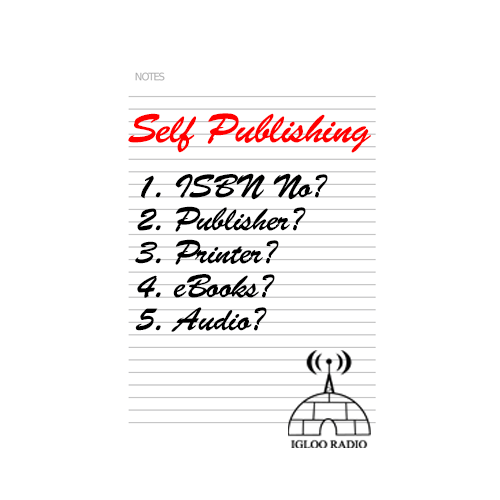
Phew! That’s the hard work out of the way. Now to get published, it can’t be that hard – can it? Lingua in maxillam.
Publishing Your Book.
I generally consider that there are four methods to publish a book. (If there are more, please let me know.)
Traditional Publisher. This involves finding a publisher willing to take you on. They will consider, genre, style, age of reader. You can find a publisher in a number of ways.
You could end up sending out fifty (or more), query letters and a negative or no response from all of them. It’s a waiting game and until someone realises your genius, you could be waiting a while. Stephen King's Carrie was rejected thirty times, J.K.Rowling's Harry Potter and the Sorcerer's Stone, eight times, Margaret Mitchell's Gone With The Wind, thirty eight times.
A traditional publisher will have full control of your manuscript once it has been accepted.
They are specific in their submission requirements. Keep to them.
Vanity Publisher. Once you mention on social media that you are publishing a book, you will be inundated with sales pitches from different ‘vanity’ publishing houses.
Hybrid Self-Publishing. You pay for the bits you can’t do yourself. This can apply to Full Self-Publishing as well as using a Vanity publisher.
Full Self-Publishing. You do everything yourself except the proofreading. You will need external proof-reader(s) to go through your manuscript to check for typos, grammar mistakes and continuity errors. You can pay for this or offer it out on social media and see who gets back to you. Alternately, give it to a family member who has nothing better to do with their time.
ISBN Registration. An International Standard Book Number (ISBN) is required for each printed format of the book you are publishing. This means, if you are having a hardback printed by one company and a paperback by another company, you will need two ISBN numbers. This is what I was told at the time, I have since found out that this might not be the case and one would suffice. An ePub/Kindle version of your book does not require an ISBN.
In the UK, the ISBN distributer is Nielsen, their website, will have all of the details required for buying and registering ISBNs.
At the time of writing, one ISBN costs £91.00, however, there is a scale. The more you buy, the cheaper each one costs. I went for the ten option. It was a no brainer, especially as I was going to need at least two.
ISBN Bar Codes. One thing the prospective author might be unaware of is that the barcode on the back of most books is separate to the ISBN number and these cost extra money. Of course they do. They are not too expensive and, just like the ISBN numbers, there is a sliding scale depending on how many you purchase and these are also available from the Nielsen website.
Selling your book locally. I first produced one hundred hardback copies of the book through a company called Mixam and these were delivered to my house. The hundred books cost around £780.00, £7.80 each. I chose to sell these at £12.00 (plus postage and packing). I called this batch a numbered, signed, limited edition that I would either sell locally or post out to the UK. Posting away from the UK is prohibitive in terms of postage costs. I had two people say, “to hell with costs” and I subsequently sent books to the Republic Of Ireland (£9.10 postage), and France (£9.90 postage). The postage was passed on to the purchaser.
Initially, I used my website to sell the hardbacks either locally, in which case no postage was involved, or posting to UK addresses. I charged £3.00 for postage and packing though as it turned out, this was a bit 'light'. I had planned to use Evri (Hermes) at £2.99 but they were going through a transition so in the end, opted for Royal Mail at £3.35 for second class. Add another £0.50 for the padded envelope, I made less on a posted book than I did on a locally purchased one. This usually involved cash or direct bank transfer as this was the most profitable. (No commission). Selling at £12.00 a book, I stood to make £4.20 each. If you use PayPal or a card reader, there are commission costs to consider.
Selling on Amazon. Amazon has its own software, Kindle Create
for producing the manuscript file to upload for paperbacks and the Kindle, however I wasn’t keen on its formatting so used a pdf produced by InDesign for the Amazon paperback.
I chose to go for paperback books with Amazon because the profit margin was much better. I would have had to sell the hardbacks on Amazon for £13.76 to make £0.01p profit. If I sold the hardbacks for £16.00, I might make £2.00.
I could sell paperbacks on Amazon for £12.00 and make about £2.00 on royalties per book, however, Amazon will allow the writer to purchase ‘author’ copies of their own book. My book was about £5.20 per book so I ordered ten books. For me this worked out at around £5.80 per book including postage and packing. I could then sell those books for £12.00 locally, and potentially make £6.20 per book. Amazon will allow you to buy up to 999 author copies. Author copies do NOT count against your selling numbers on Amazon. Sorry!
Amazon prefer the front cover, spine, and back cover for paperbacks to be sent as one file. They also have a template that you can use, and woe betide anyone that goes outside the boundaries of the template. The file will be rejected!
Amazon Kindle. Amazon’s Kindle Create software is used to produce the file needed to upload that can be used for the Kindle release. Copy and paste your document, excluding supernumerary pages such as copyright, acknowledgements, and bio, these will be added later.
Kindle Create is free to use and there is a learning curve associated with it but not that steep.
British Library. A part of the ISBN registry process requires you to notify the British Library (BL) that you are publishing a book, who the author is, who the publisher is and quite a few other details. At some point after your book has been published, you will be contacted by the BL and it is a lawful requirement that you provide them with a printed copy for their archives. I sent them a paperback version, Author’s Copy at a cost to me of around £5.80 + £3.35 p&p. Pretty neat to know that a copy of my work will be forever stored in the British Library.

You won't sell a book if no one knows about it.

How do you let people know your book is out there?
Author Website. Do you need one? You could possibly get by without one but from my own personal experience, I'd say it was essential to marketing your product, namely, your book. It can also tell your prospective readers, and prospective publishers, so much more than information about your book. If you add a PayPal button, you can also sell directly from your site.
To get your own website up and running, you need a couple of things; a domain name. This is what your website is going to be called, and a host. This is where the files, images etc will be stored.
The domain name is fairly cheap and simple to organise, there are numerous companies offering domain name registration. They usually have a deal for the first year for as little as £0.99 with the second, and subsequent years costing around £11.99. This will all depend on the type of domain extension, (the bit after the name you have chosen) for example a .co.uk domain is a lot cheaper than a .com domain. There are many domain extensions out there. (.net .limited .co .uk .tv .bike .sale .org.uk .info .me .me.uk)
There are also many site hosting companies out there, possibly the same company that provided the domain name. Have a look at the following site, The top ten hosting sites in 2023. As well as the sites, there's also some good info.
Can you do it yourself? There are many website building sites out there, Wix, GoDaddy , Ionos to name a few.
Probably the biggest question is, how much to build a site if you can't do it yourself?
If you don't have a 'friend' who can do it for you, you could search online, a company called Fiverr list the services of many software and website developers who will do just that. The costs will depend on the complexity of your site's requirements. My only concern with using this service is that if you ever need updates, you are reliant on these people.
There are 'drag and drop' development sites available, such as Wordpress and although there is a learning curve, a couple of people sat around a laptop should be able to sort it out in no time. A lot of the previously mentioned hosting sites also offer a 'drag and drop' option.
Local Press. If you know someone, or even know someone who knows someone, it is probably worth reaching out to any/all local newspapers. If not, go to their 'letters' page. They usually have a 'local interest' section and in most cases, it is free. Unless you take out an advertisement.
Local Radio. These too will have 'local interest' slots. Contact them direct, you should be able to find out their contact numbers from their websites.
National Radio. A bit trickier but not outside the bounds of possibility. You'll need a good 'selling' point but what have you got to lose?
Social Media. As it was explained to me, if you have five hundred 'friends' on Facebook and sell your book to one percent of them, you've sold five books. If you have five thousand 'friends', that's potentially fifty books. You need to increase your social media following, or increase your 'Tribe'. Other social media sites such as Twitter, Instagram, LinkedIn and even, for an oldie like me, Tik-Tok offer avenues into marketing. Setting up a 'campaign' on Twitter is simple enough but you have to have something to say to promote your book. And you have to post often and at regular intervals. Once you've posted, you need to respond to any comments within a timely fashion.
Book Clubs/Shows/Fairs. Trawl social media or even local newspapers, many will have information on local clubs. This might also lead to information about book fairs where you could display your wares.
Amazon Ads. Amazon Advertising costs money. There appears to be no upper limit but before you take the plunge, there are a number of free courses you can take to get information and get started on the Amazon Ads trail. You'll need to log in/sign up and I'm currently going through the courses.

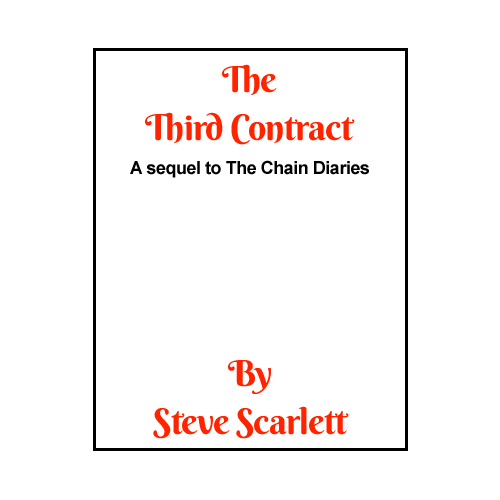
Angie and her boys are on the run from, not one, but two highly trained killers.
Ben Nemazi wants his boys back and he will go to great lengths to find them.
William Herbert Longbottom is out to get both Angie and Ben. He is also recruiting for a third contract. One that many have turned down. It didn't end well for those who said, "No."

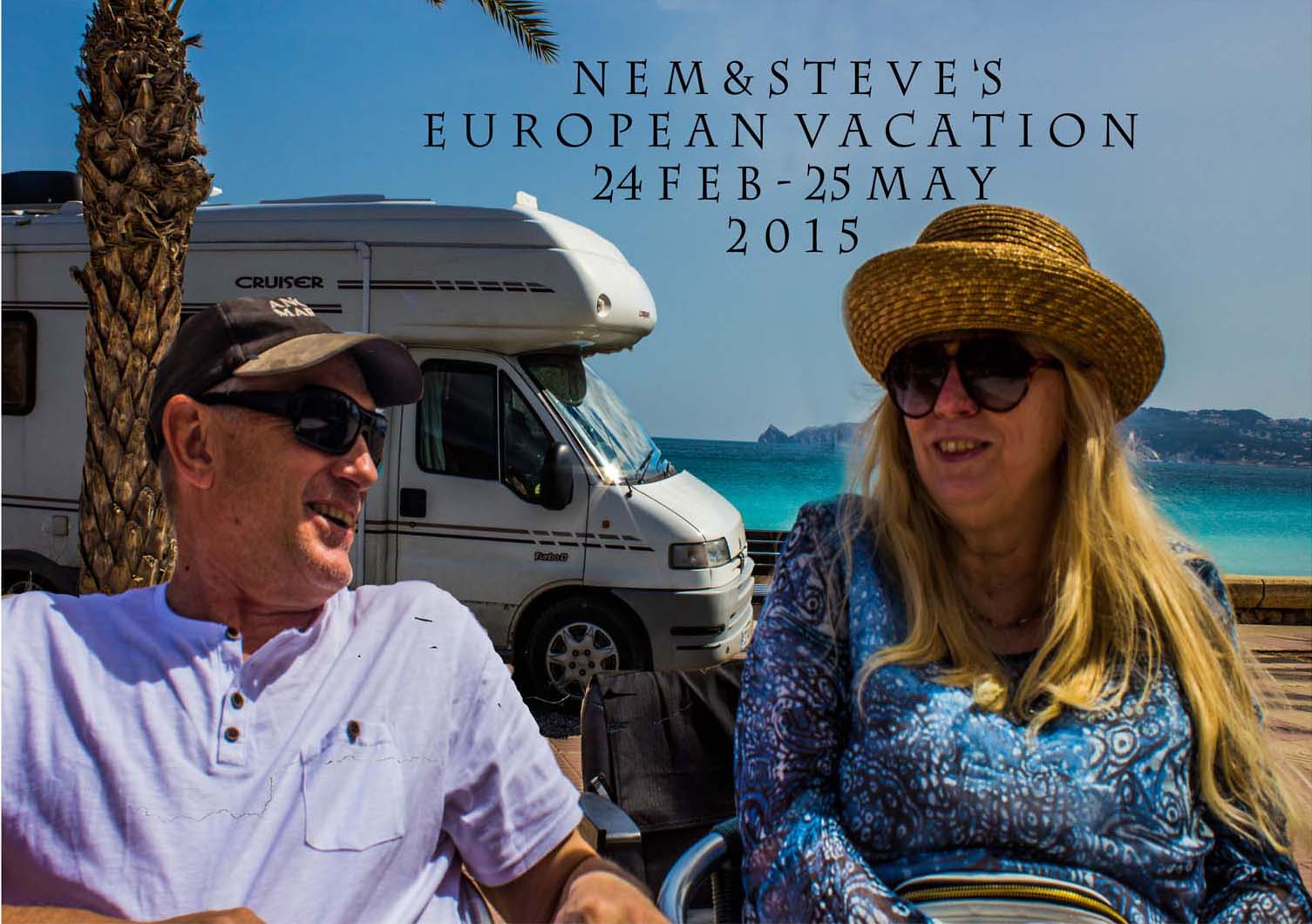
The first visit to foreign lands in the van.

First overnight stop.
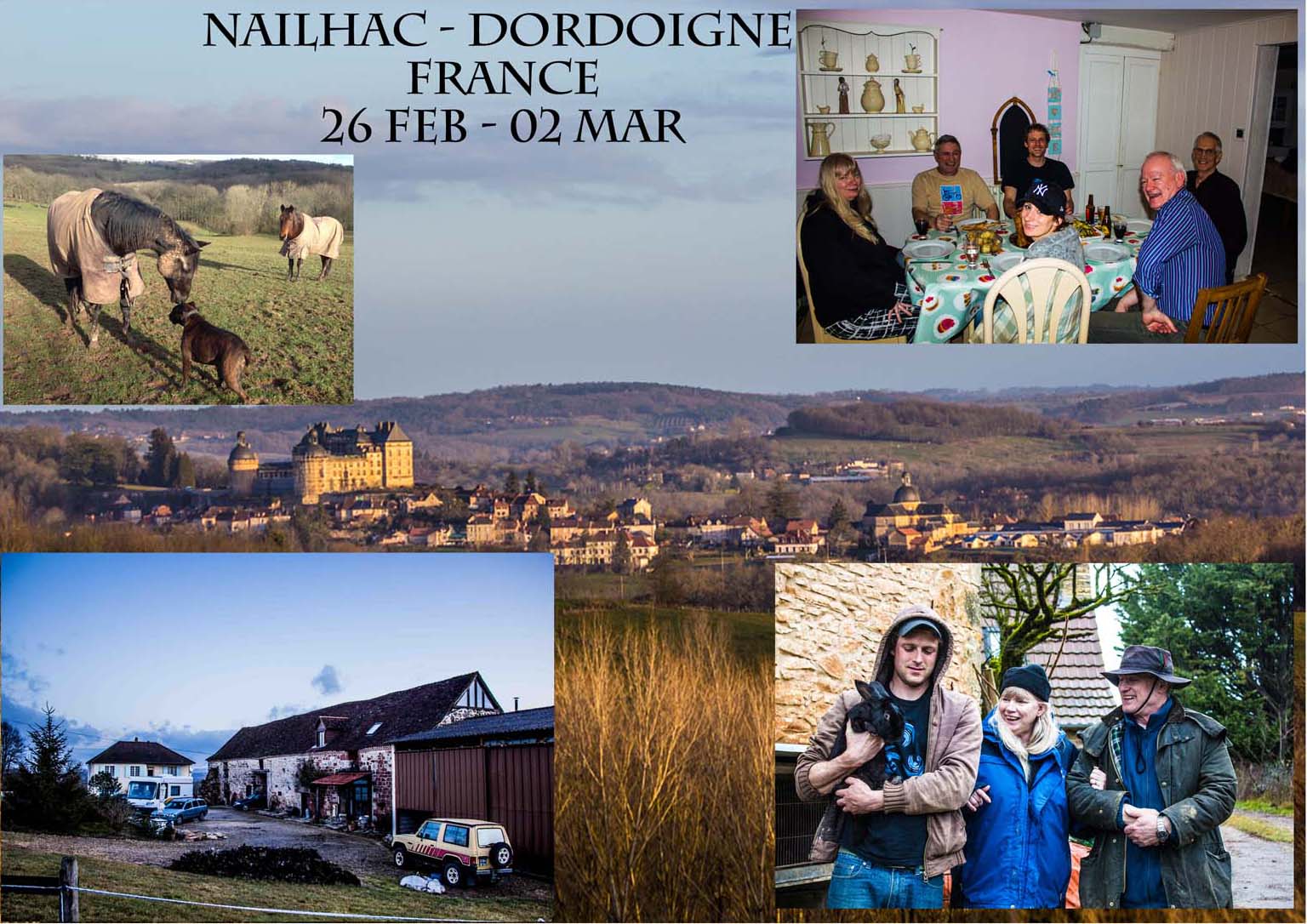
At the farm in Nailhac. We were to be frequent visitors.

On the way to Spain.

Travelling through Spain on our way to the coast.

Meeting Shultz in Calpe.

First real sunshine.

Malaga.

San Lucar de Barrameda.

The Chicken Run.

Lisbon.

Penafiel.

A Coruna.

Los Cantilles.

Carbarceno.

St Jean de Luz.

Ilbaritz.

Biaritz.

Le Chen do Lac.

Perigeaux.

Nailhac (again), and meeting my cousin, Johnnie, for the first time in ages.

Les Cabannes.

Andorra.

Tamerite de Litera.

Ucles.

Alcazar de San Juan.

Javier.

Moraira.

Poble Nou.

Port Vendres.

Salin de Giroud.

Les Cigales.

Pisa / Rome.

Focce Verdi.
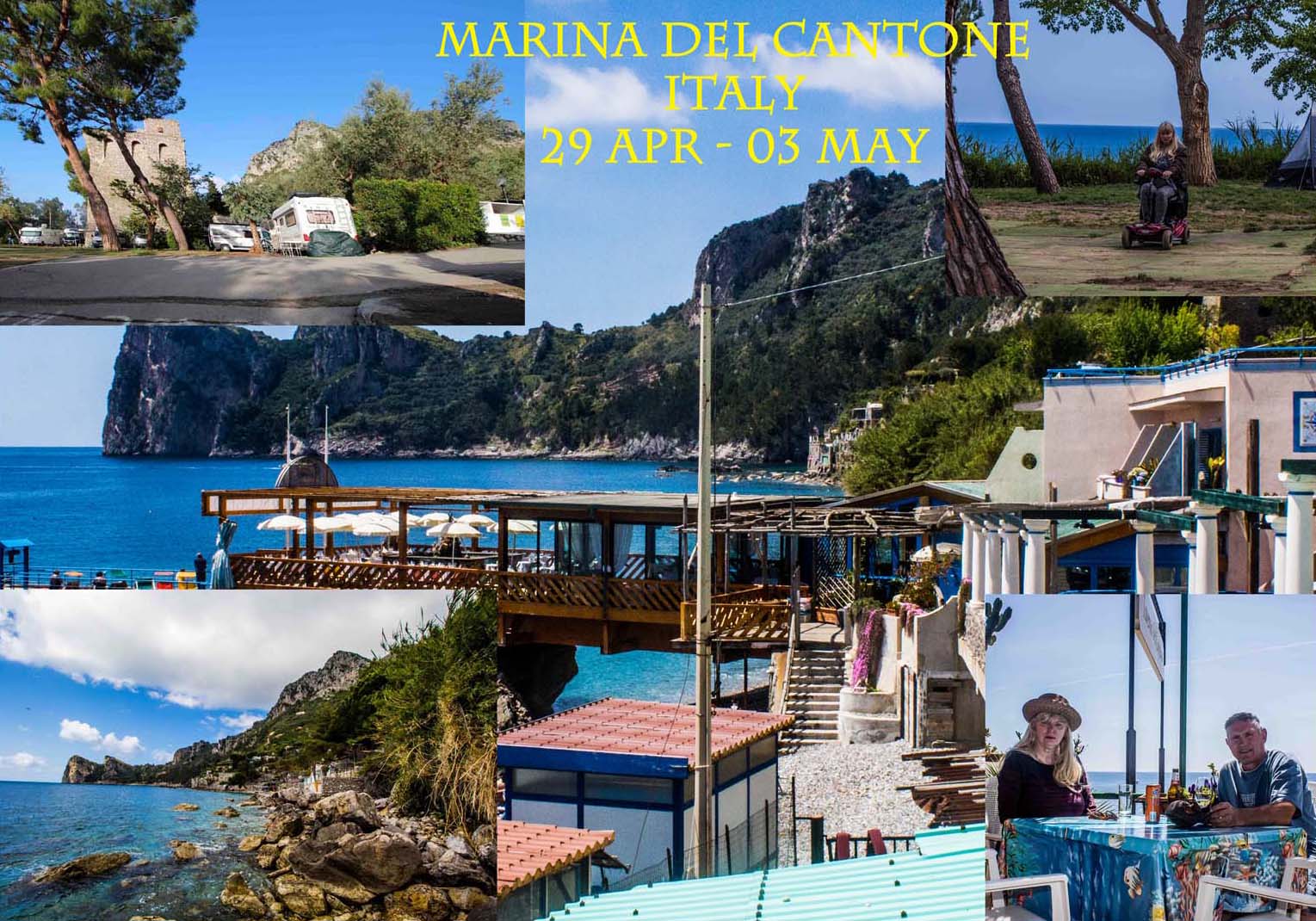
Marina del Cantone.

Marina del Cantone.

To The Adriatic.

Cremona.

Orta San Giulio.

Orta San Giulio.

Orta San Giulio.

Orta San Giulio.

Crossing the Alps.

Nailhac, back to the farm for the final time, this trip.

Nailhac.

Twin Lakes.

Blaye.

Twin Lakes.

Nogent.

Montargis / Paris.

Back at Maileraye sur Seine.

Dieppe.

People.

The Trip on a map.

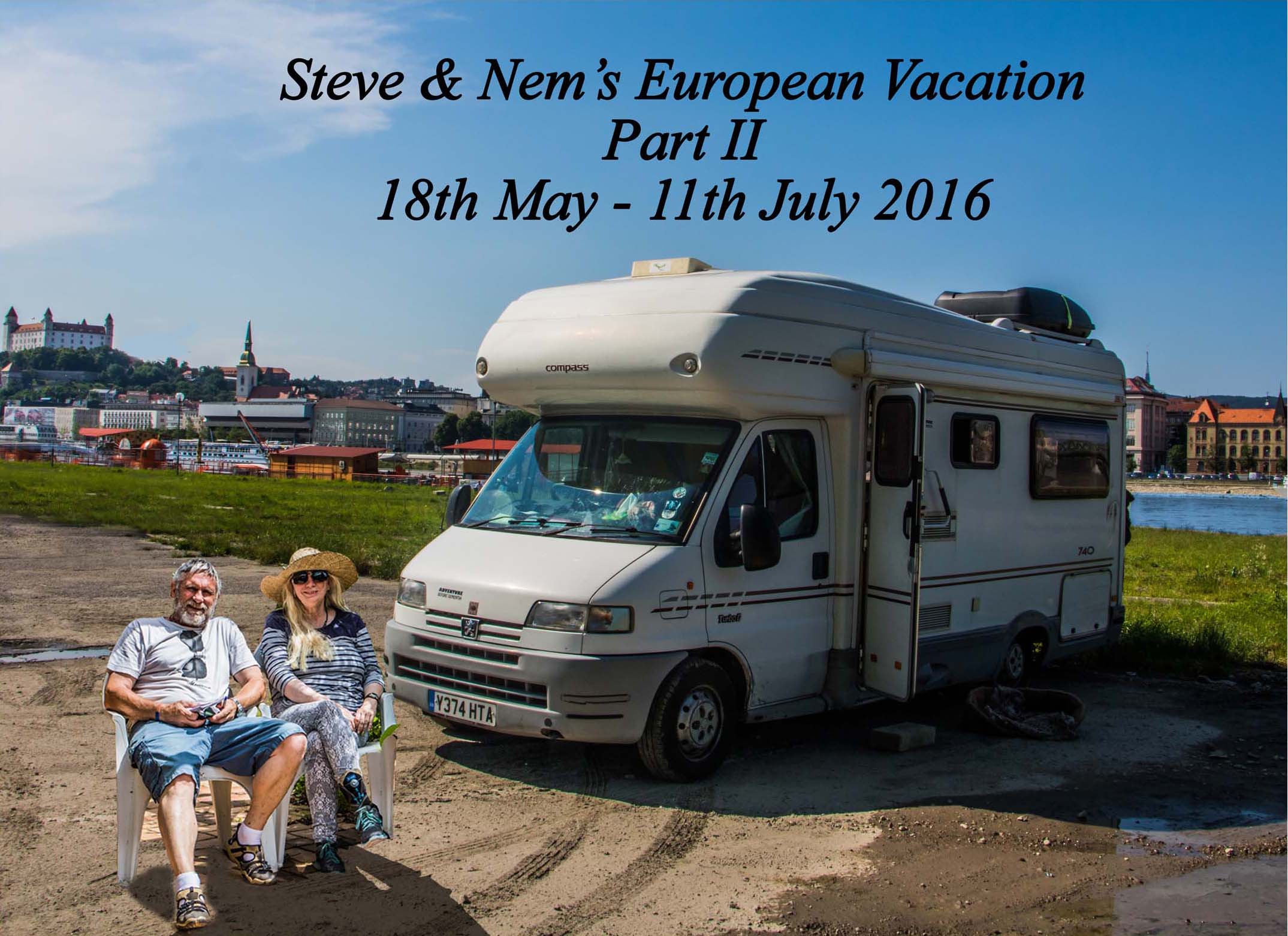
Front Cover.

Dunkirk.
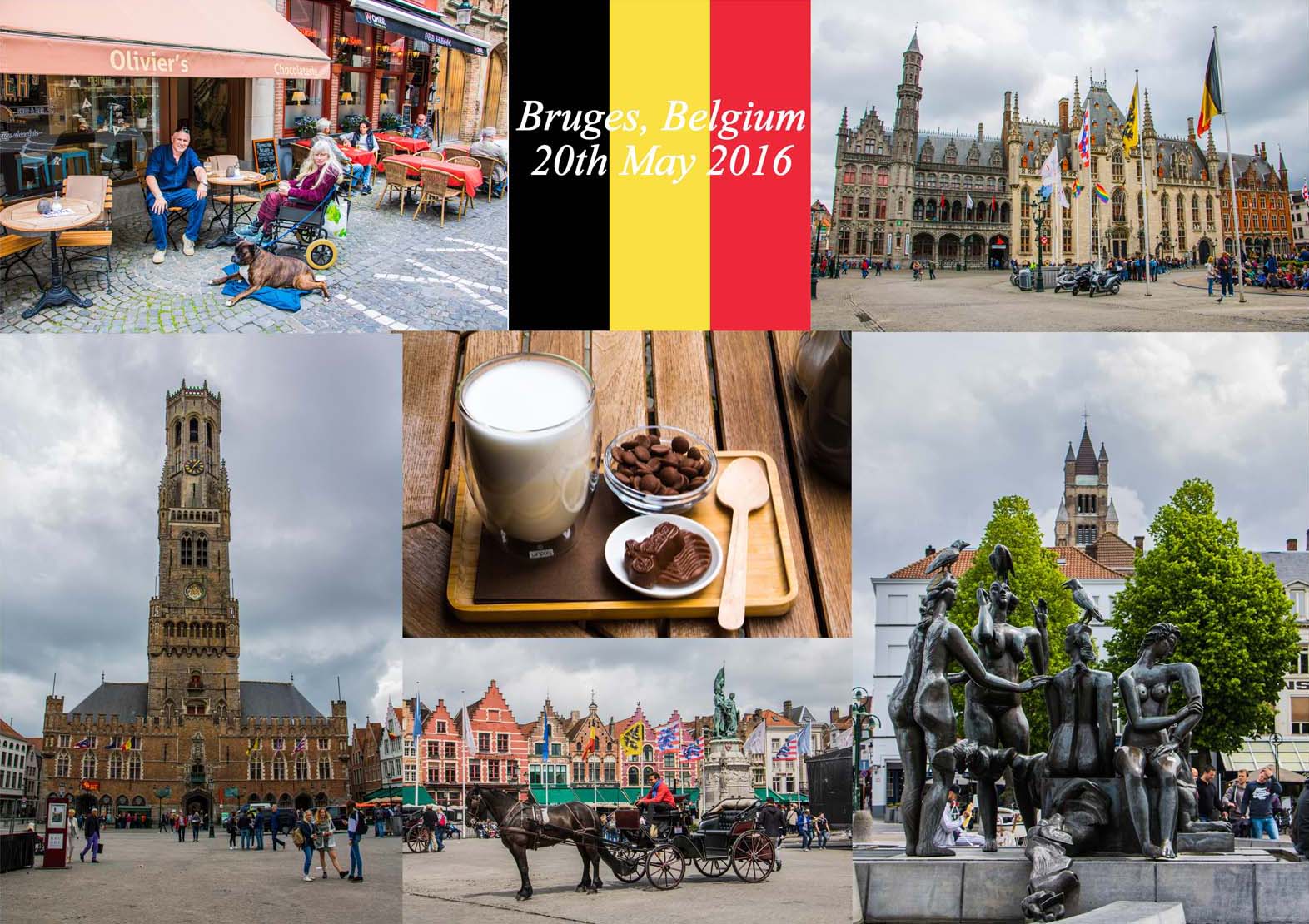
Bruges.

Belgium.

Belgium.

Holland.

Germany.

Germany.

Czech Republic (Czechia).

Slovakia.

Hungary.

Austria.

Germany.

Luxembourg.

Germany (Trier).

Germany - Black Forest.

France.

Nailhac.

Nailhac.

France.

France.

France.

Dunkirk.

Veurne - France.

Flags.

The Trip.

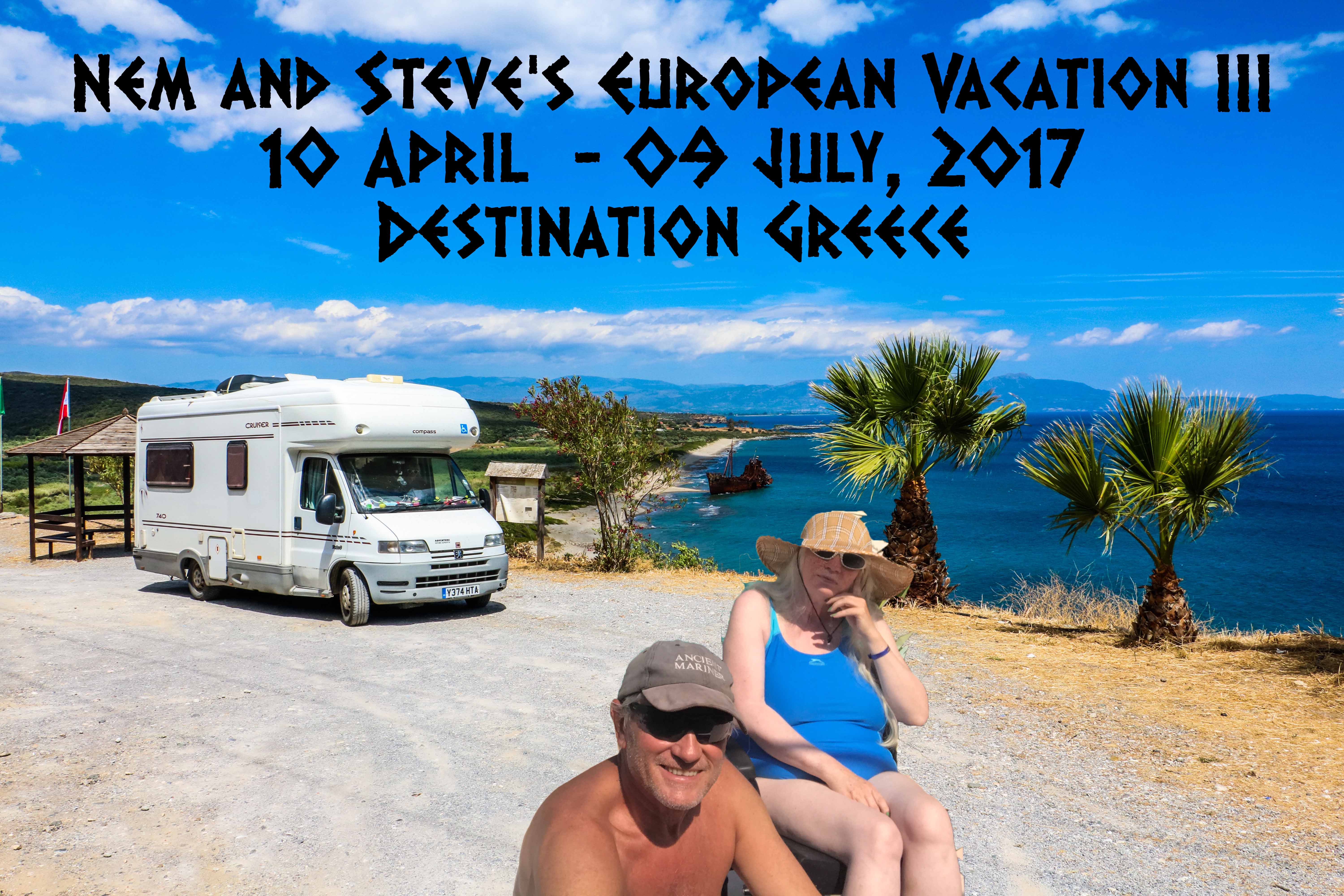
Front Cover.

Belgium.
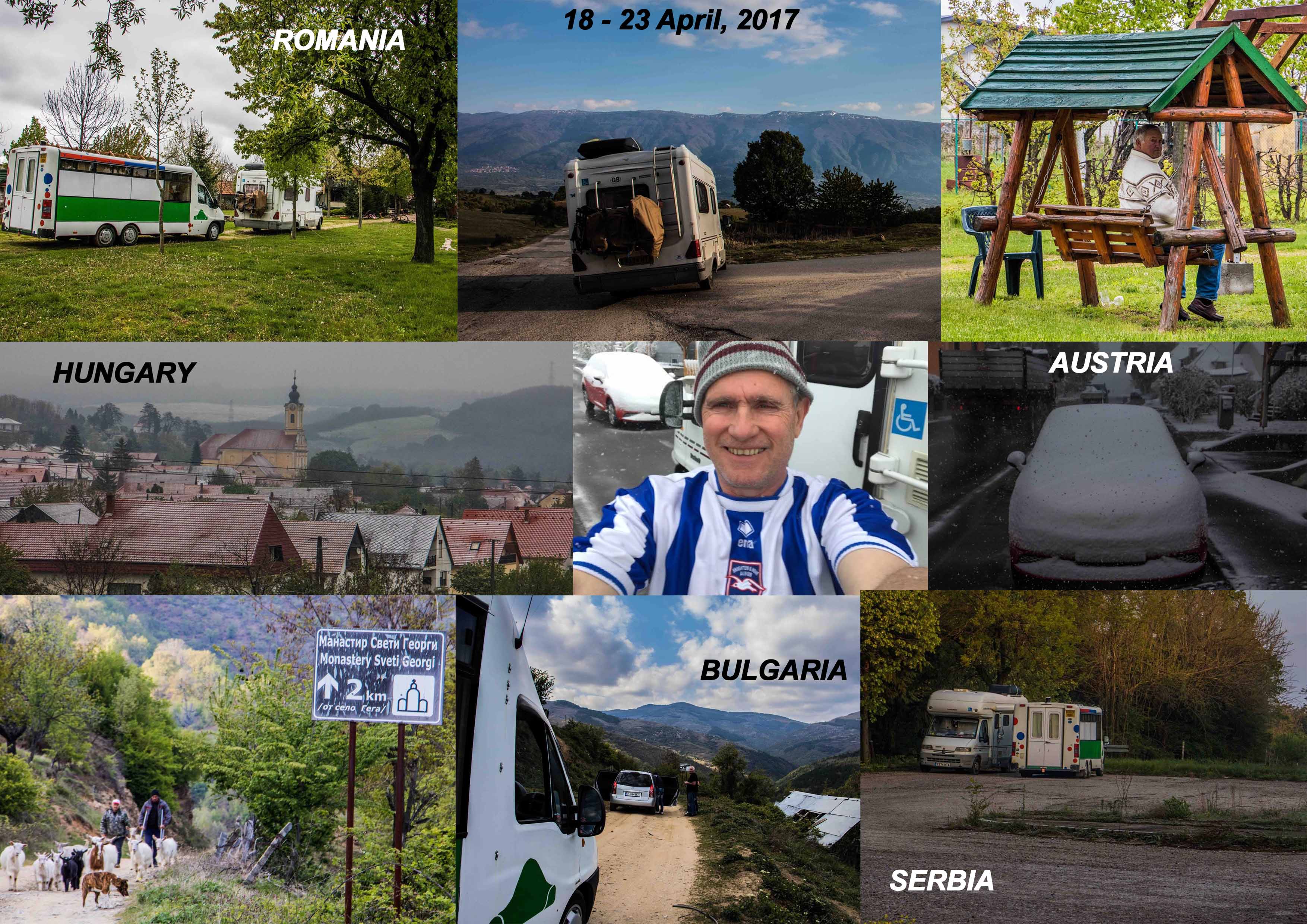
Germany, Austria, Hungary, Romania and Serbia.

Greece.

Greece.

Greece.

Greece.

Greece.

Greece.

Greece.

Greece.

Greece.

Greece.

Dubrovnik, Croatia.

Croatia.

Croatia, Slovenia.

Rimini - Italy, San Marino.

Monaco, France.

Dordogne, France.

France.

Yeovil Air Day.

On the map.


5 years, 25,000 miles, 25 countries, a dog, a wheelchair.
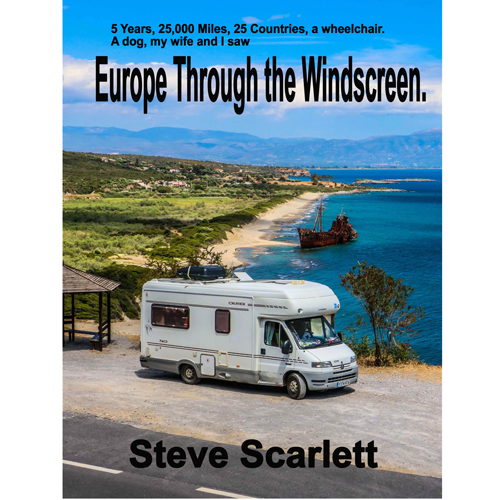
My wife had a stroke in 2011, her condition was such, she constantly required a wheelchair. We had taken two holiday flights in 2012 and 2013, but the hassle of getting the wheelchair and luggage on and off the aircraft was proving too much. In July 2014 we bought an ageing mobile home (Y-2001). It had done only 35,000 miles. Our first trip was to The Lake District and Scotland. We live in Sussex, southeast England. The following year, 2015, we took it to France, Spain, Portugal, Andorra, and Italy. In 2016 we visited; Belgium, Holland, Germany, Czech Republic (or Czechia), Slovakia, Hungary, Austria, and Luxembourg (Not naming the other countries previously visited.) Then in 2017, the big one, Romania, Serbia, Bulgaria, Greece, Albania, Montenegro, Croatia, Bosnia, Slovenia, San Marino and Monaco. The image on the book, above, is the Dimitrios Shipwreck just north of Gytheio in Greece. In 2018, our final trip was to my Great Niece's wedding in the Dordogne so, because we hadn't been there, we took in Switzerland. I'm pretty sure that's twenty-five, though a couple of them were 'passing' visits. We spent a little over fifteen minutes, for example, in Bosnia. During the pan-European tour, I kept a Facebook log and posted daily. I have 250,000 words burning a hole in my hard-drive, and pictures. Lots of pictures. Another work in progress. Sadly, my wife’s condition, specifically her ability to walk short distances, deteriorated to a point where she could no longer get in and out of the van and in 2018, we had to sell it. Five years and money well spent.

A light-hearted look at arms control in the nineties.
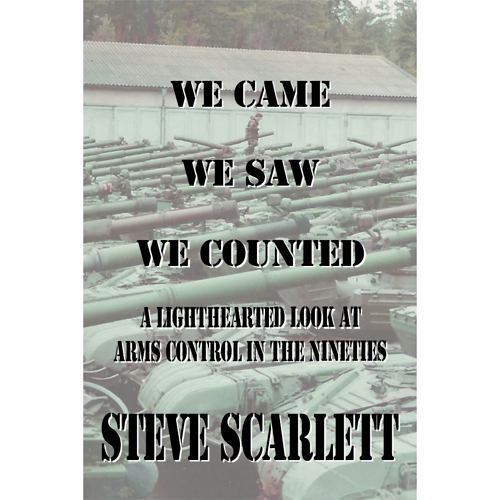
Between August 1990 and November 1997, I worked for JACIG, a joint service arms control organisation. This book would be a series of anecdotes supplied by friends and colleagues who were also involved. We inspected nations across Eastern Europe and hosted those same nations in the UK, Germany, and other places we had troops. I will not lie, some vodka was consumed. It is a work in progress and my name will not be the only one to be credited.
I will point out, considering recent events, that the remit of the Arms Control Agreements implemented at that time were to ensure that a single nation, or as a whole, the Warsaw Pact Alliance (WPA) would not be able to mount an attack on NATO forces or vice versa. It was never envisioned that a country from within the WPA would attack one of its former members.

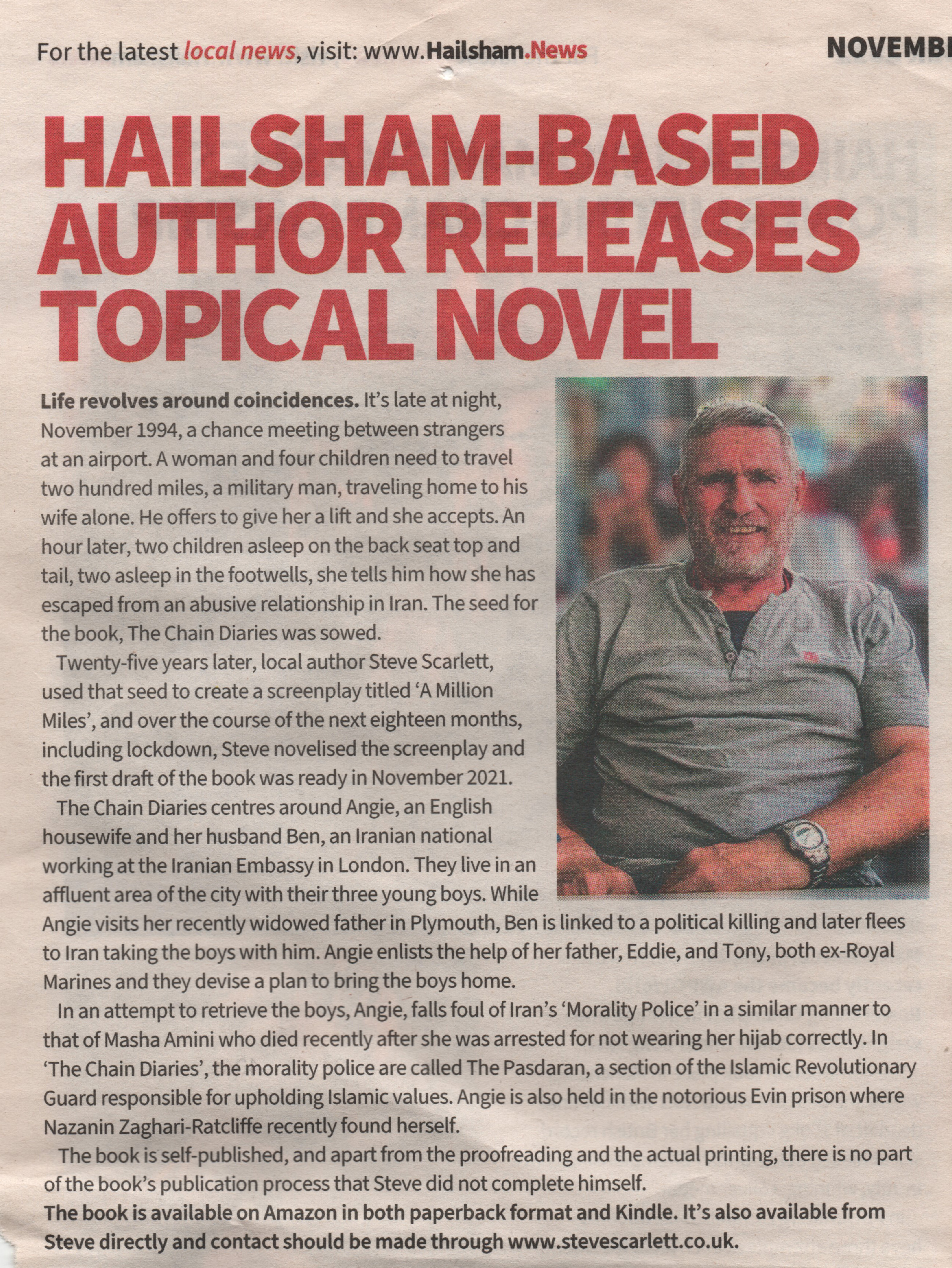

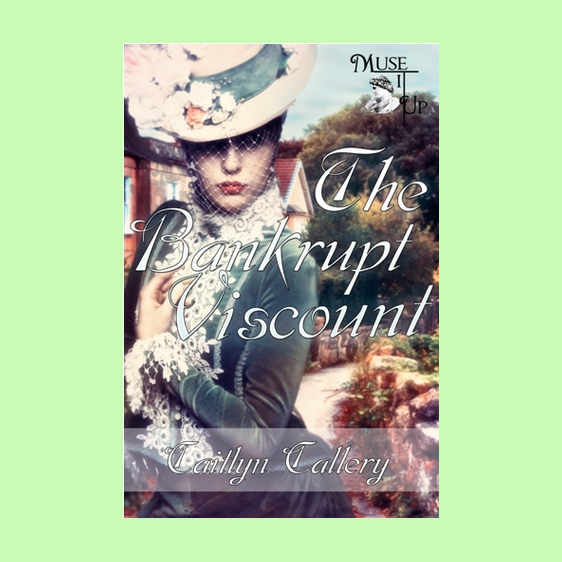
Viscount Will Hadlow inherited his title along with a rundown estate and crippling debts. He refuses to marry until he can support a wife, despite his growing attraction to his neighbour, Ella.
The fortune her grandfather left to her gives Ella an independence most women can only dream of. After a near miss with a fortune hunter she has sworn never to marry at all, and certainly not to a man who needs her money, but her feelings for Will test her resolve.
When a series of accidents and near misses put Ella in danger, Will vows to protect her from her unknown enemy. But who will protect Ella from Will? Or, for that matter, from herself?

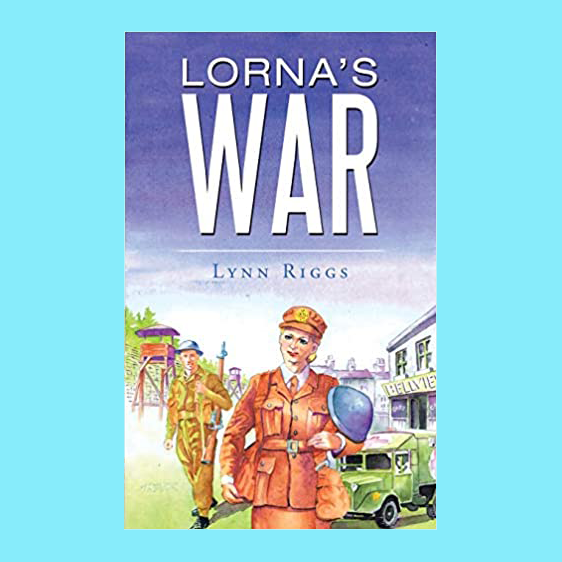
1940
Lorna Pashley lived with her mother and younger sister Maddie after fleeing from their abusive father. Life was tough and money short, but they felt safer than they had in a long time. She didn't know it but her father would eventually find them, but would he be the same man as he was before?
Lorna then met the love of her life Harry but with World War II on the horizon their life together would not be easy and when Harry went missing in action Lorna's life fell apart. This is her story of how she survived not only her early years at the hands of her father who she was yet to meet again but the trials and tribulations of her life with and without Harry.
It is a story of one young girl's spirit to find happiness not only for herself but also for her beloved family.

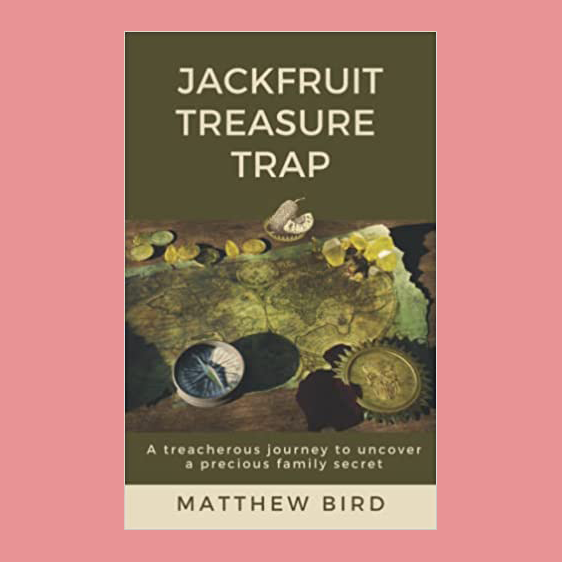
1697
Rayleigh Edwards accompanies his cousin, Wethersby Thacker Jnr, across South and East Asia.
They are tracking their grandfather’s clues to find a mysterious jade casket full of gems.
But Wethersby’s brothers are in hot pursuit, impatient to trap the hoard for themselves.
With his last breath, their grandfather had whispered a warning, “It is a handsome treasure but
cursed. Never be it grasped by any one man or one woman, for a long haunting death will surely
follow….”

1957 - 1974
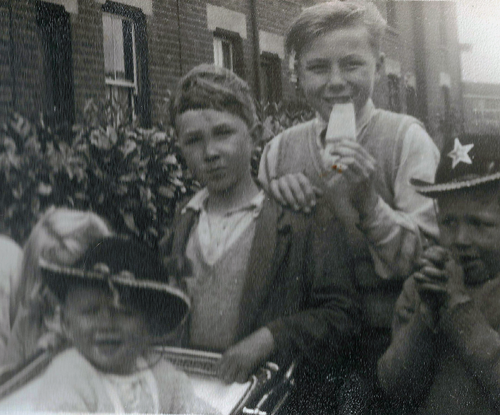
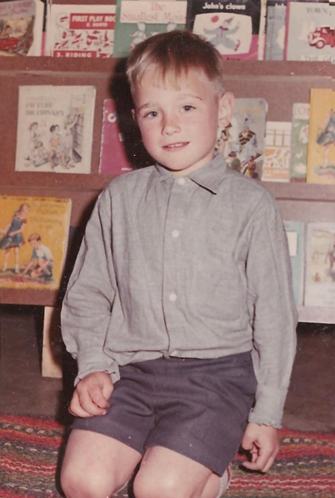
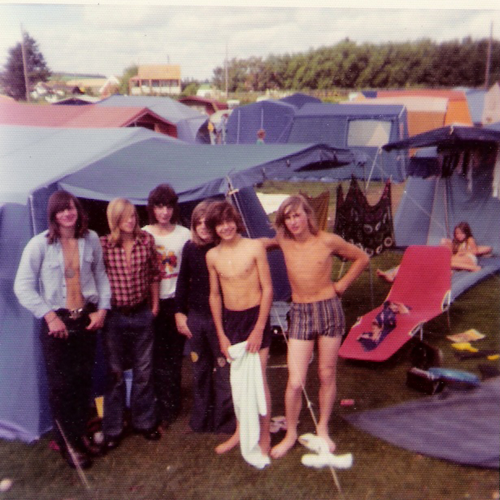
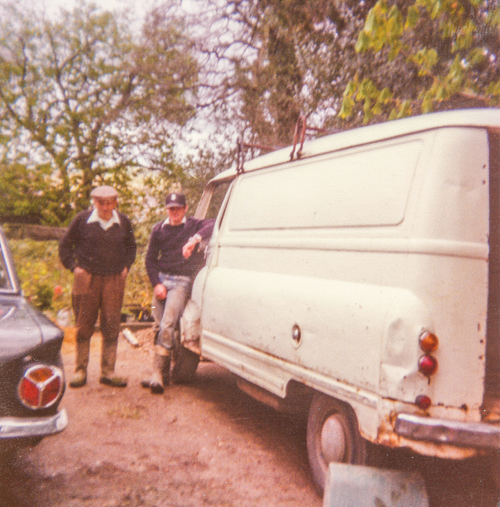

Nostris In Manibus Tuti.
I was a very fresh faced, and naive teenager when I joined up, November 12th, 1974. I was Seventeen years and one day old.
I joined up as an Aircraft Handler, colloquially known as a Chockhead. We were responsible for aircraft movements on flightdecks and also aircraft firefighting.
Our motto, Nostris in Manibus Tuti means, Safe in Our Hands.
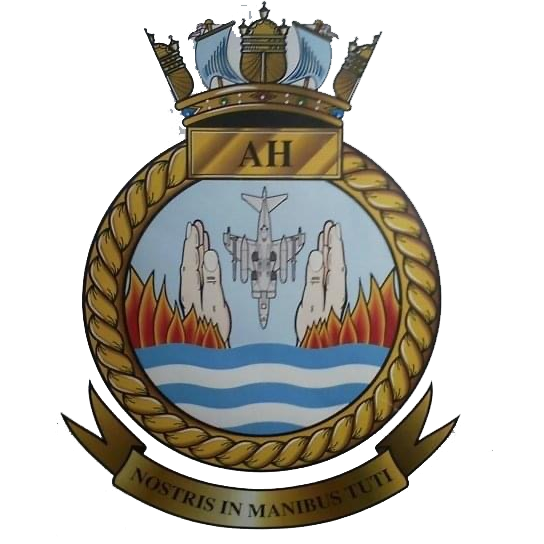
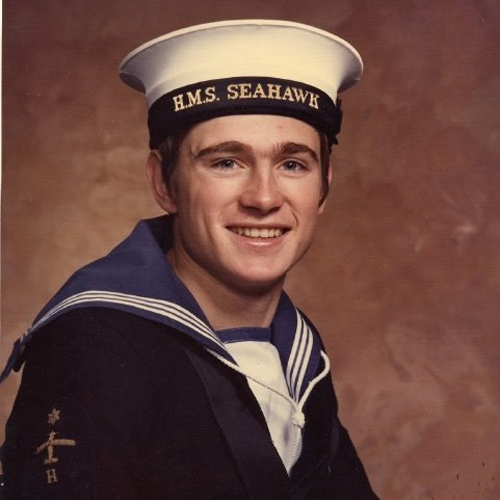
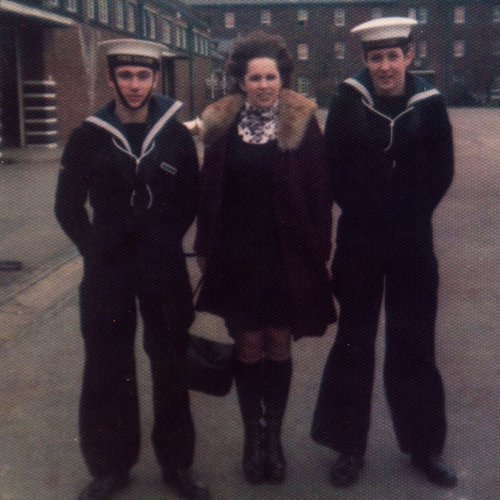
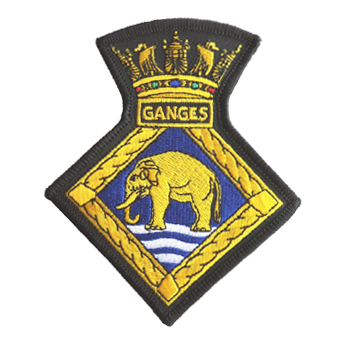
Shotley Gate Ipswich, for basic training. If there was porridge for breakfast, I got up early.
Coming from rural Sussex, I thought I'd joined the Foreign Legion. I hadn't realised there were so many regional accents. In the first few days my biggest hurdle was understanding what my classmates were saying. Brummies, Scousers, Mancs, Geordies, Jocks, Janners. Got there in the end though.
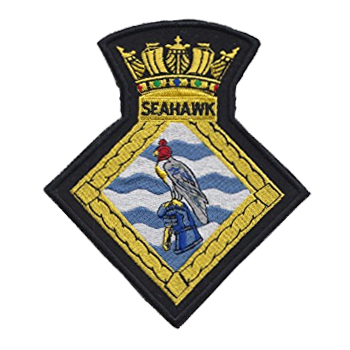
RNAS Culdrose, Helston in Cornwall. Part II training including Firefighting and Aircraft handling. A notable incident, three lads on course were almost killed in a fire training accident.
After training, a spell on the Buffer's Party and a fantastic summer in Cornwall. I joined the Culdrose Fire station in the September and stayed there until my next draft four months later.
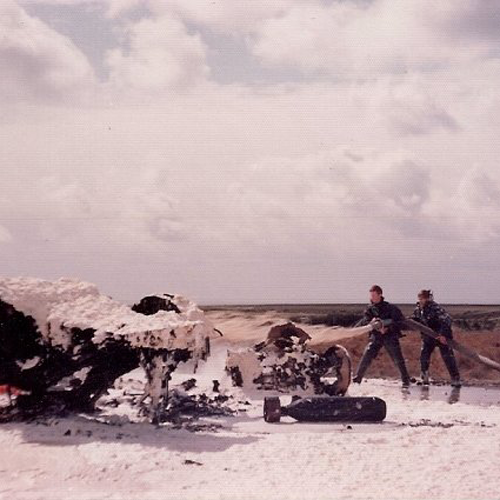
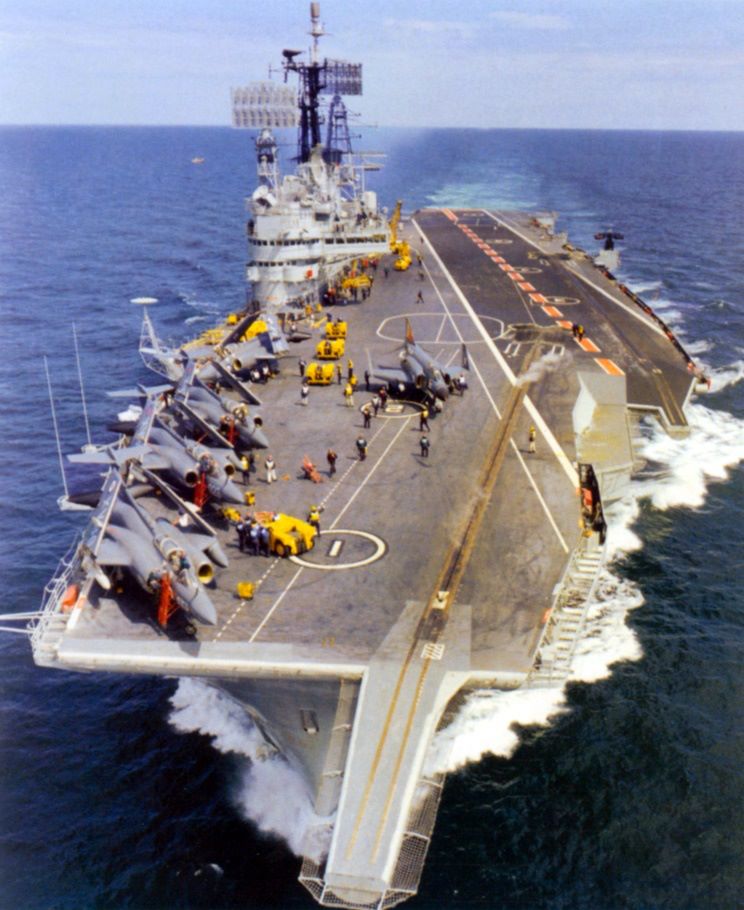
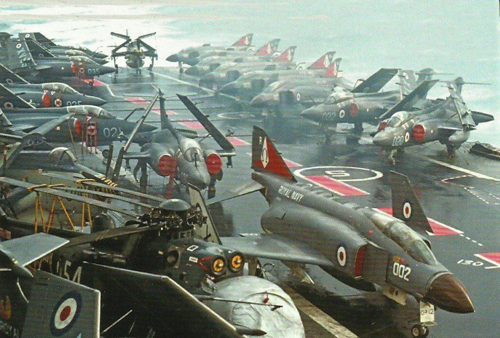
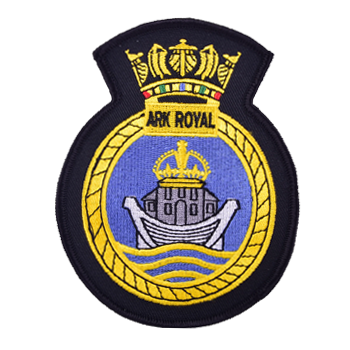
The Ark sailed in February '76', taking a BBC documentary team with her and the 'Sailor' program was created. Visits to Puerto Rico and the States including many visits to Disney World Florida. The bicentennial celebrations (1776 - 1976) were some of the highlights.
A trip to the Mediterranean followed in the autumn.
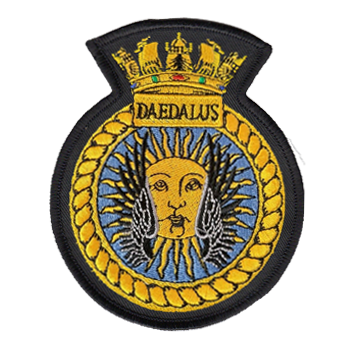
Lee On Solent, Hampshire. I spent a lot of my shore time at Lee. It was close to Crowborough in Sussex where I played football Saturdays and Sundays most weekends.
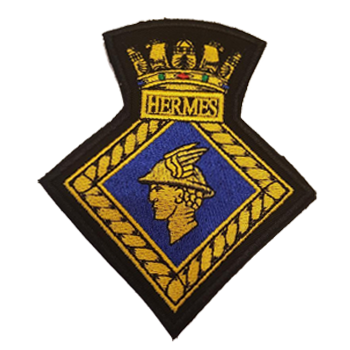
The best part of four years on this beauty. I loved it. Lots of trips to the States and the Caribbean. This included a visit to New Orleans for the Mardi Gras in 1980. That's a story in itself. We also went to Norway a lot - in the winter.
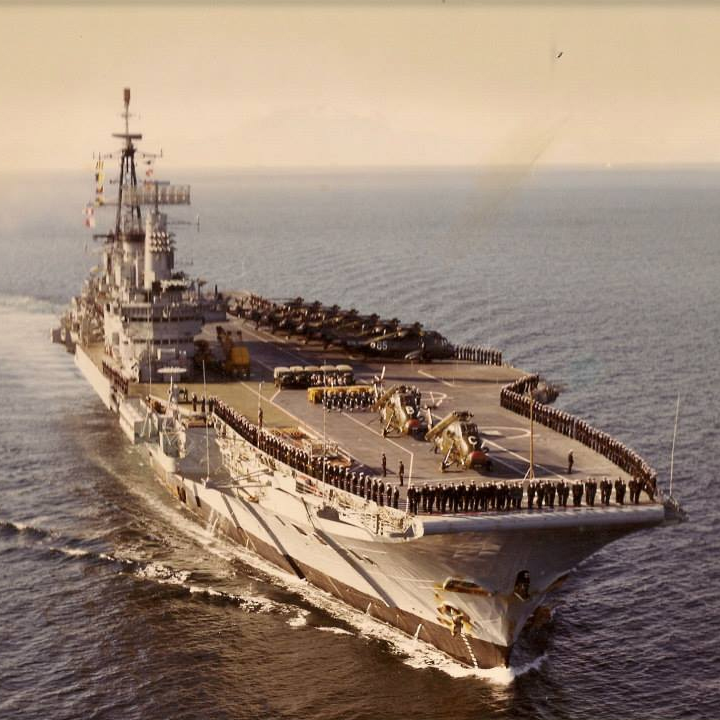

Back for a brief spell as Nuclear, Biological, Chemical Defence Instructor (NBCDI) including Damage Control on the Air Engineering School.
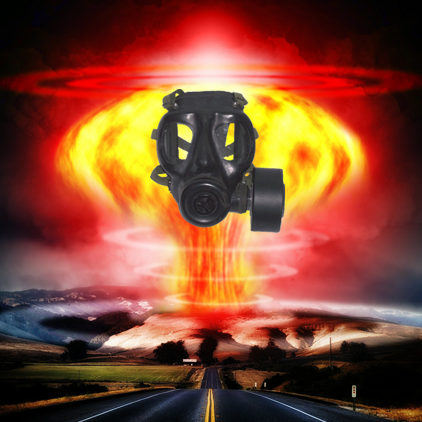
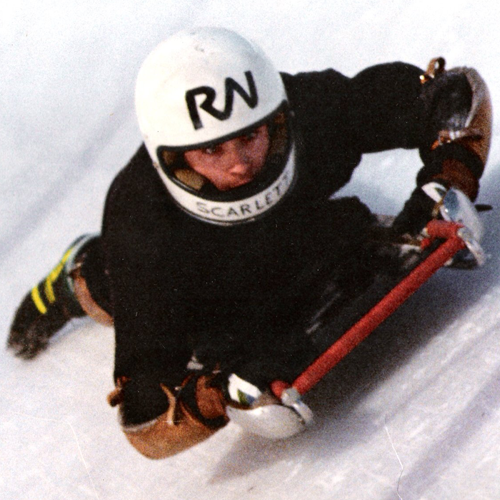
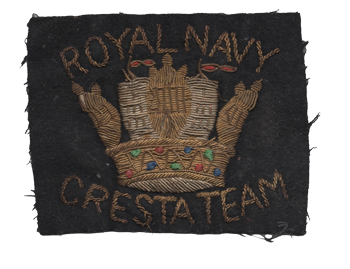
In 1980, I looked through the pages of a Defence Council Instructions (DCI) (RN) pamphlet looking for 'something different'. I found, and volunteered for the Navy Cresta team and took part in the Inter Services Cresta Championships in St Moritz in February '81 and '82. The Royal Navy won the Prince Phillip Trophy on both occasions. I won not only my Navy colours, but I also joined one of the top five hundred, exclusive clubs in the world, a club you cannot just join. The Shuttlecock Club is more to do with failure than an accomplishment. To become a member, you simply need to leave the course at the infamous Shuttlecock corner, something that is not difficult to do. See the YouTube video for an insight in how to become a member.
The MV Elk was the first civilian ship, Ship Taken Up From Trade (STUFT) to sail for the Falklands after the Argentines invaded. She carried much of the ammunition and stores for Three Commando Brigade which included, but was not limited to, the Royal Marines (40 Commando, 42 Commando and 45 Commando) and 2 and 3 Para who were onboard the Canberra, 29 Commando Regt Royal Artillery. She also took several Skorpions and Scimitars belonging to B Squadron, Blues and Royals which at one time were ranged on her deck for Anti-Aircraft protection. At Ascension Island, she was kitted out with two WWII 40mm Bofors guns which were manned by, among others, Aircraft Handlers. My role was the loader for the starboard gun.
My photos from the Falklands Conflict can be found here.
The Falklands Conflict
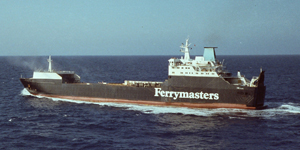
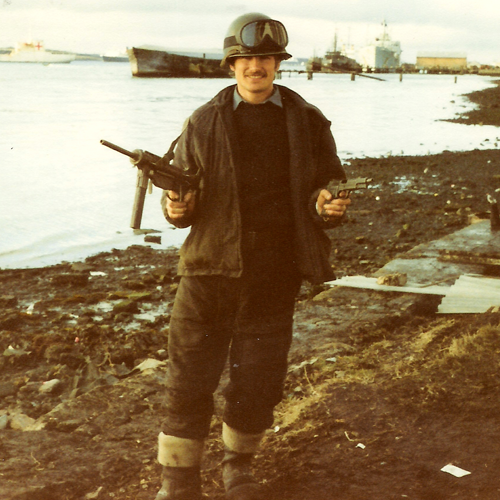
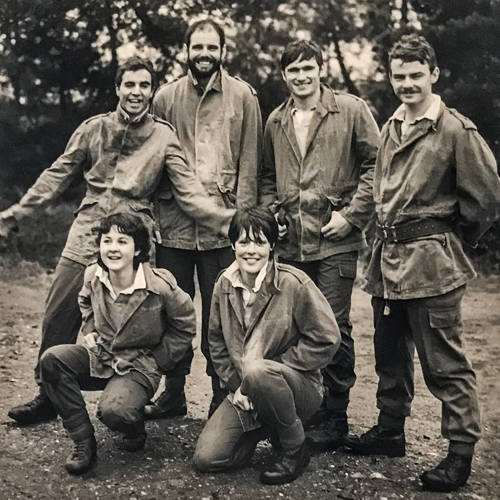
Ostensibly to teach sixth formers current affairs and what the Navy gets up to - within reason. We visited schools the length and breadth of Britain.

Back at Lee for an even shorter spell. Played football for HMS Daedalus in the Inter Command Championships. The manager of the team worked in the Manpower Control Office; he told me about a draft going on HMS Invincible.
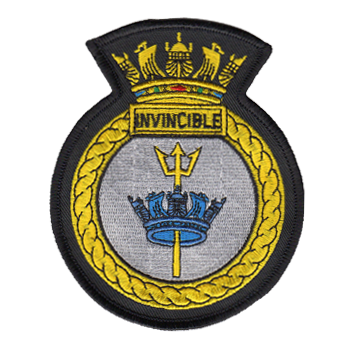
I flew out to Bombay (Mumbai) as Invincible had already sailed for a far east deployment. She visited, Penang, Singapore, Australia, and New Zealand. The trip was marred by a propeller shaft that was slightly bent and we spent a lot of time in dry dock in Singapore. Christmas in Sydney was a highlight though they kicked us out on the 30th of December because we wouldn't declare whether we had nukes onboard. A trip to Norway followed. (Why was it always Norway - in winter?)
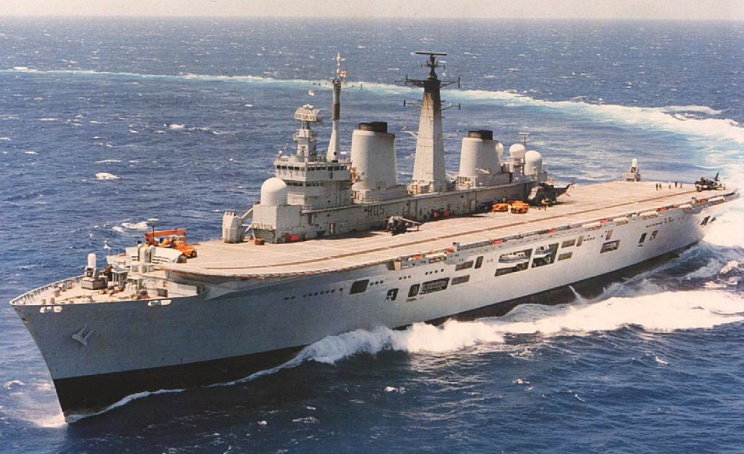
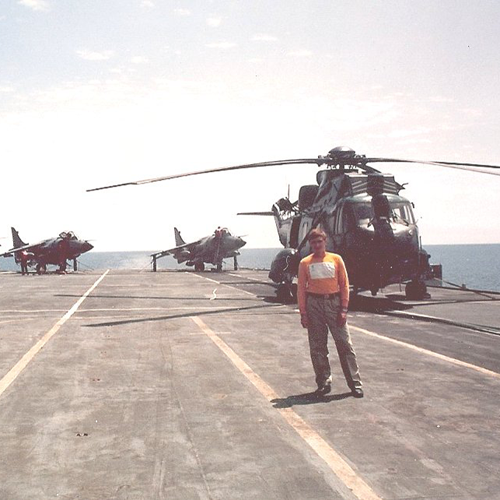

Nemone and I got married in September '85' and I then had the longest spell at a Naval shore station. The stability suited a new marriage. I was the ship's Nuclear, Biological, Chemical Defence Instructor NBCDI, for most of that time.

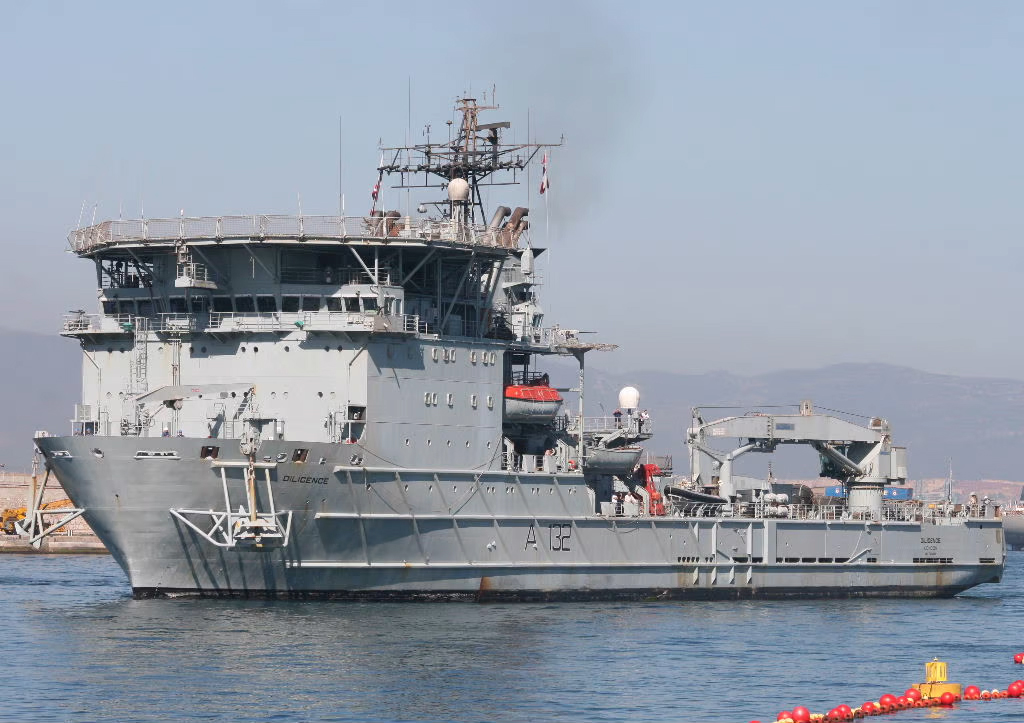
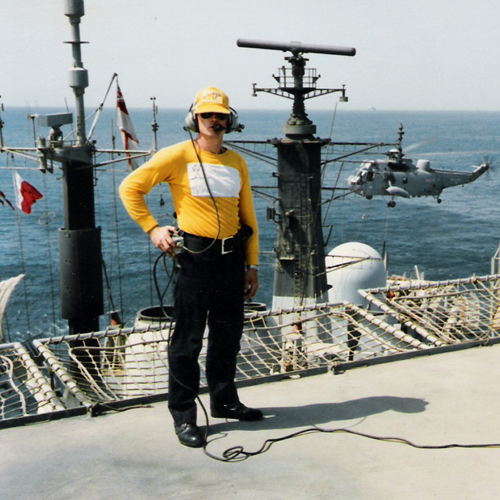
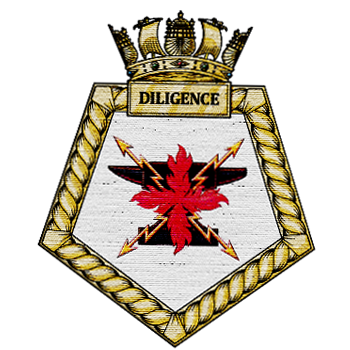
I jumped at the chance (volunteered) to go on the 'Dill' as she was in the Gulf, based in Dubai. Flew out to Bahrain on a C130, finished the trip to Dubai, first class on an Emirates flight. Flight Deck Officer, Transport Manager and Postie kept me busy. In the six months I was out there, the only rain I saw was on my final day, the 12th of December. I flew back into Brize Norton during a winter squall.
Notable incidents, the shooting down of Iran flight 655, an Airbus A300, by the USS Vincennes killing 290 passengers and crew on the 3rd July and the 'rescue' of HMS Southampton after her collision with the MV Tor Bay (Torbay) on the 3rd September. Diligence played a role in the latter.

After six months in the Gulf, Lee on Solent in winter bought me back to earth. I spent eighteen months in the MACCO (Manpower Office) and the only good thing I can say about it is that I took the phone call that got me my next draft (position, job, task, post). I was called by someone at HMS Centurion, the people responsible for sending naval ratings wherever. They asked, "Have you any PO Met men who speak Russian?" I said, "We haven't any that speak English, will a Chockhead do?" Six months later, my wife and I packed our bags, including a five-month-old baby, and moved to Lincoln.
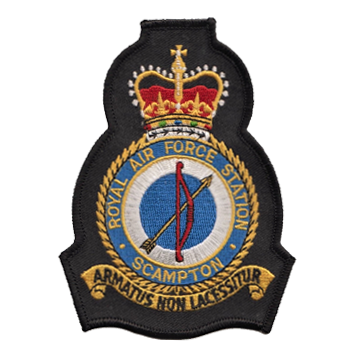
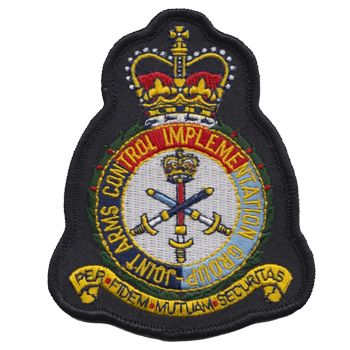
The Joint Arms Control Implementation Group (JACIG) was formed in August 1990 with a remit to monitor, by way of inspections, conventional weapons arsenals in the Warsaw Pact countries. It was also our responsibility to host visiting inspection teams. We visited and hosted every nation in Eastern Europe. I will not lie; some vodka was consumed. The 'wall' came down in 1989 and there were too many tanks, artillery pieces, combat aircraft and helicopters out there. We witnessed the destruction, or otherwise, of thousands of pieces of military hardware. Initially, JACIG was based at RAF Scampton, home of the Red Arrows. Pre-season displays were a regular occurrence. Scampton was also the previous home of 617 Squadron - The Dam Busters, and Blue Steel.
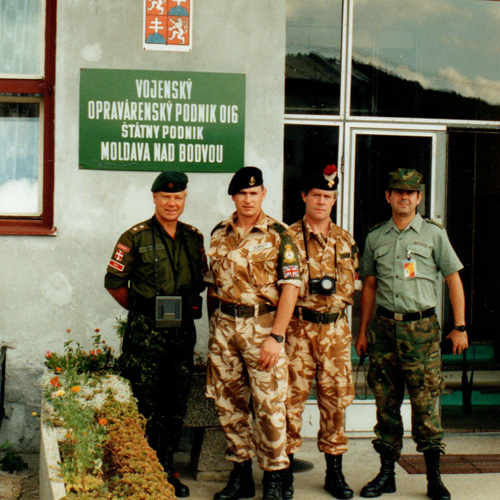
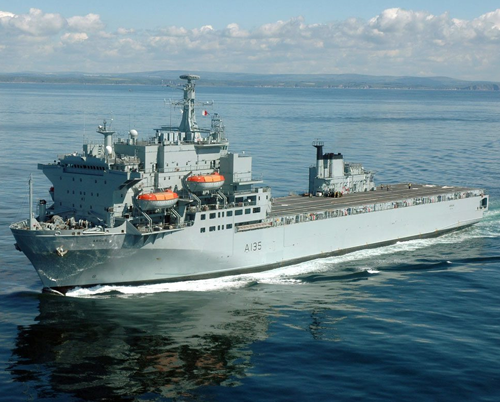
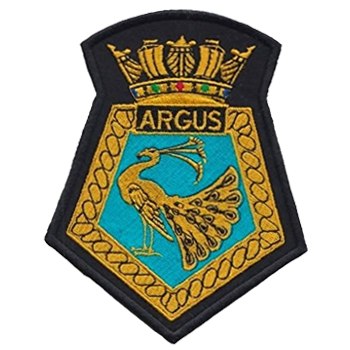
The Royal Navy reclaimed me for a spell and the Argus was just the ticket. A flight deck training ship teaching baby pilots and occasionally baby sailors about flightdecks. Trips to the States, Spain, and Gib were on the cards.
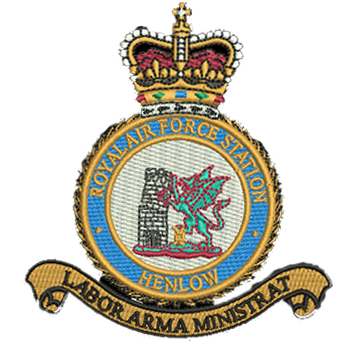

I didn't have long left in the Navy when I left the Argus, so rather than go to Culdrose in Cornwall, I chose to go back to JACIG. They had moved from Scampton to Henlow, a lot closer to London and my home in East Sussex. A trip to Kazakhstan, and a flight in an AN-2 Colt on skis, one of the highlights.
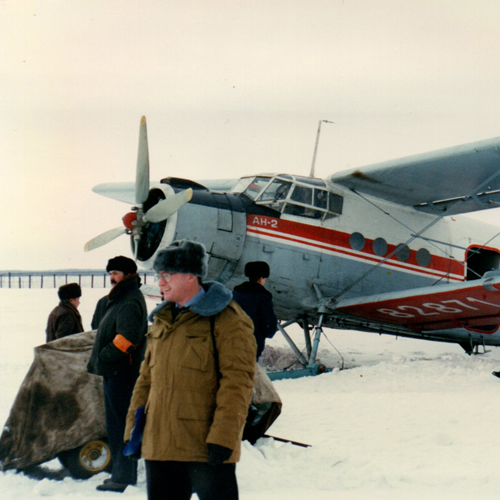
My last official day in the Navy was 10th November 1997. I was a forty-year-old Chief Petty Officer and the following day I had to start paying for dental.
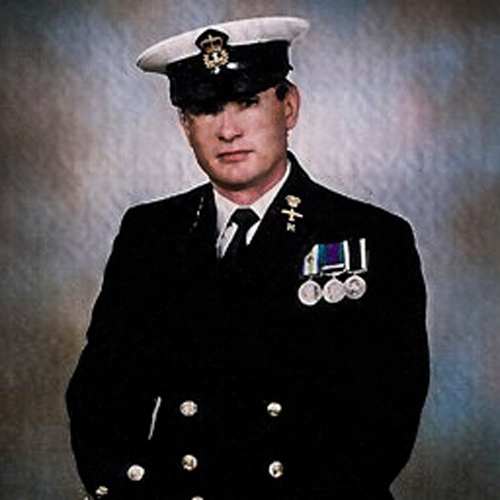

Visual Basic, C#, MSSQL, VBA, HTML, JavaScript
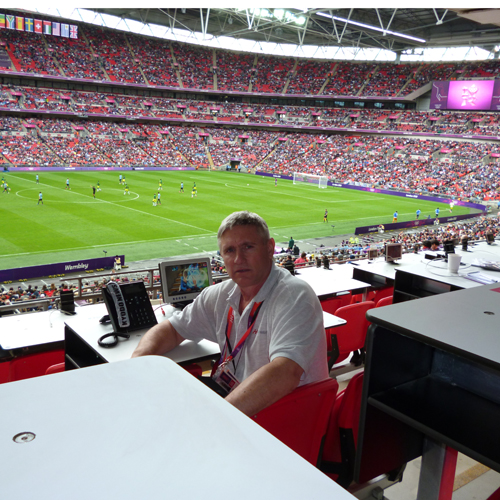

08/04/1962 - 04/06/2023
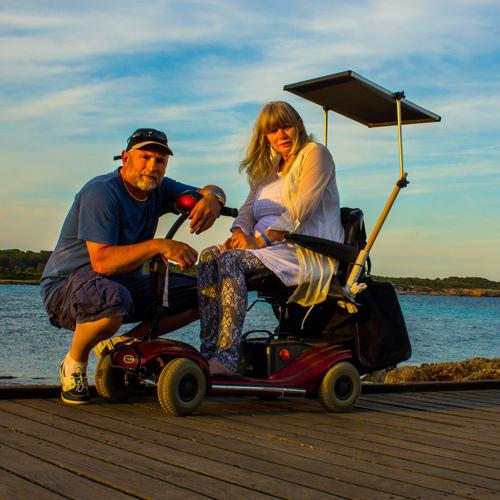
I've been told many times that I did a great job looking after my wife. I've been asked quite a few times, how did I cope? My reply is and will always be the same. What was the other option?
After Nem's stroke due to CADASIL in August, 2011, I managed to keep working for a couple of years. My last job had a work from home policy anyway which meant I could continue to work and look after her. Unfortunately, I was made redundant in 2013 and haven't had a full time, decent paying job since.
Nem's condition since 2011 deteriorated to the point where she was practically bed ridden and needed help with feeding and drinking. She could not speak, read or write and instructions were confusing for her (Global Aphasia). A point of note, she particularly went down hill during COVID. A week or so after receiving her first vaccination, Nem suffered a bout of Bell's Palsy. Such are the symptoms, I thought she'd had another stroke and dialled 999. A regime of steroids over six weeks reduced the lop sidedness to her face, however, during this period, she also lost the use of her left arm and hand. Her right arm and hand had been unusable for a few years, this now meant that I was required to feed her with a spoon.
Nem also had dementia which, to my mind, made life more bearable (for her). I could still make her laugh which I made an objective at least half a dozen times a day.
Since her stroke in 2011, Nem regularly suffered from tonic-clonic, or grand mal seizures. The period between them fluctuated over the years from three in a day (once), to not having one for almost a year. It appeared, to a layperson at least, to be a fairly random event. The seizures usually lasted from between two and five minutes. However, in the last couple of years, Nem has had two that lasted close to half an hour, and one, (see below) that lasted for over two hours. An ambulance was called and she was admitted to hospital. On each occasion, they could find nothing specifically wrong and she was released the following day, except for the final one. In all cases, three minutes or thirty, the seizure left Nem drained and she slept for a good hour or so afterwards. After the seizure, however, almost without fail, Nem would be brighter, more conversant and healthier looking, skin wise, than she had prior to the seizure. It was like her brain had had a reboot.
14 April, 2023
At 2125hrs, just as the carers were finishing their evening call, Nem started seizing. This one was still progressing after five minutes, so I called the emergency services and they arrived within fifteen minutes. Normally, the ambulance crew managed to stabilise her with IV anti-seizure drugs but they didn't have the right medication in the van, so they took her to hospital, still in the process of the seizure. The ambulance left at 2300hrs, the seizure was ninety-five minutes in and counting. The trip to the hospital took approximately thirty minutes. They managed to get Nem stabilised when she got to the hospital, by my reckoning, the seizure lasted over two hours.
22 May, 2023
After nearly six weeks in the District General Hospital, Eastbourne, Nem was still not eating or drinking. She was in and out of sleep all of the time. She seems to be having mini-seizures sporadically. During one of of my visits, she had two seizures while I was there. Obviously, I don't know how many she had when I wasn't there. They are so small that the nurses might not even notice.
Nem had been put under palliative care in the hospital, and to that end, we were looking to bring her home soon.
Nemone was released under palliative care on the 26th of May 2023. She came home, not to live with me but to die with me. Nine days later, on Sunday the fourth of June 2023, she passed away peacefully in her sleep.
R.I.P. my angel.

To those who gave assistance.
I started to write the The Chain Diaries in the summer of 2020. I had help to get it over the line, so thank you.

I do not collect any marketing or tracking data on my website.
If you agree, this website will only use one cookie and that is to ensure you do not see this form every time you come onto the site. It will remain for thirty days after which, you will be required to agree once more.
The cookie does not contain tracking or marketing data, it is merely a check to see if you've agreed to store it.
If you do not agree, you will see this form every time you visit the site.
You can rescind your agreement by using the Cookies Policy link at the foot of the page.

I do not collect any marketing or tracking data on my website.

If you agree, this website will only use one cookie and that is to ensure you do not see this form every time you come onto the site. It will remain for thirty days after which, you will be required to agree once more.
The cookie does not contain tracking or marketing data, it is merely a check to see if you've agreed to store it.
If you do not agree, you will see this form every time you visit the site or use the Home button.
You can rescind your agreement by using the Delete button below.
